Media | Articles
Tackling the bitterly cold and ultra-challenging Alcan 5000 Winter Rally
Most sourdoughs agree that Robert Service captured the Klondike’s gritty magic, despite missing the Gold Rush by 10 years. Between 1904 and 1912, Service worked as a bank teller in Whitehorse and Dawson City and dashed off Rudyard Kipling poems like The Shooting of Dan McGrew. He immortalized himself and the Last Frontier, then went to Paris in 1913 and never returned.
The lure of the Arctic still haunts many who visit, especially several hundred motorheads who have competed in the 5000-mile Alcan Rally organized by Seattle’s Jerry Hines since 1984. The 24th running began in Kirkland, Washington, on February 26 and ended 5120 miles later in Anchorage on March 6.
The two of us, together with our friend Mark Scholz, were among the 39 teams that ventured out into the wilderness on this rally. As veterans of prior Alcan rallies, we wanted to experience the far north again and share the experience with new people.
We chose a shiny new 2020 GMC Sierra pickup for the journey, one equipped with the AT4 off-road package, CarbonPro bed, and the new 3.0-liter turbo-diesel engine. (That’s relevant later in the story.) Full disclosure: GMC was good enough to lend us the truck, and Nokian outfitted us with a set of their best Hakkapeliitta studded winter tires for the trip.
What is the Alcan Rally?
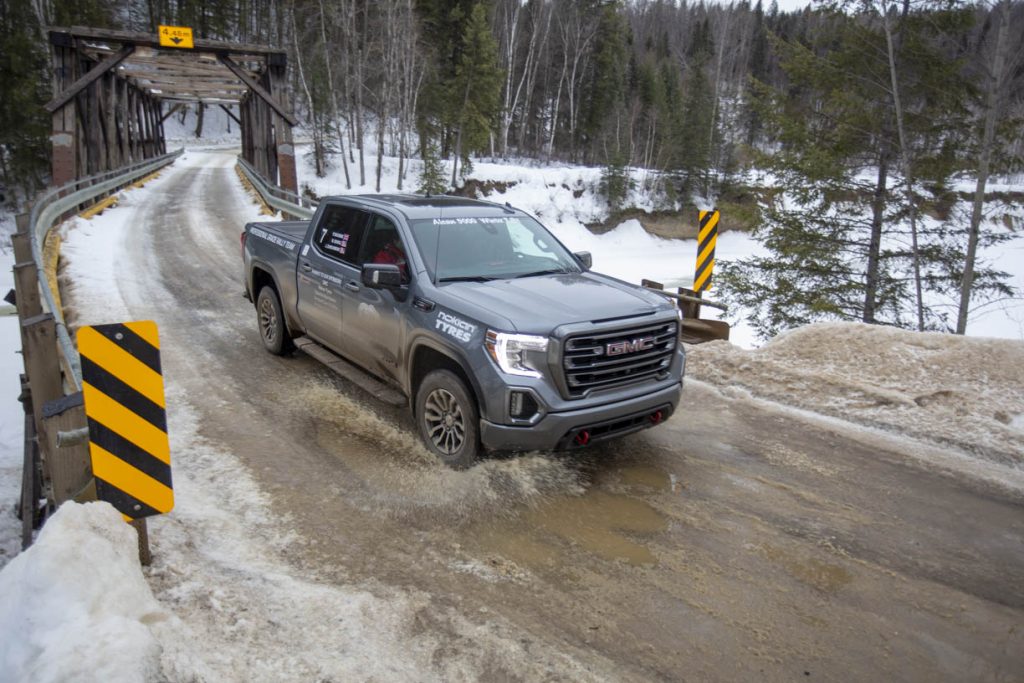
The 2020 Alcan rally was divided into nine TSD (time/speed/distance) competitive legs, each 10–30 miles long. Each leg had several speed changes and hidden checkpoints. The competitive legs were connected by daily transit sections as long as 650 miles. You’re right, up to 10 hours on the road after the morning TSD.
Marketplace
Buy and sell classics with confidence
Competitors could choose three classes: “Unlimited” allows every electronic gadget you can employ; “Equipped” permits computers with no time-distance input or link to GPS; and “SOP” (Seat of the Pants) allows stock odometers, slide rules, a Stevens wheel, and basic electronic calculators.
The 2020 Alcan route wound through British Columbia via Quesnel and Fort Nelson, then to Whitehorse and Dawson City in the Yukon. Then comes the long trek through the wilderness, taking the lonely Dempster Highway to Inuvik and Tuktoytakuk in the Northwest Territories. After the run to the far north, the rally backtracks to Whitehorse, then turns northwest to Fairbanks and the finish line at Anchorage.
Thirty-nine rally cars carried 82 drivers and navigators, (including four past winners and 41 first-timers). Vehicles ranged from our near-new GMC to Ford F-150 Raptor, Toyota Tacoma, and several Ram pickups. Among the cars and SUVs, there was a Mercedes 350 AWD sedan, five Jeeps, five Toyota SUVs, four Subarus, three Porsche SUVs, two Mini Coopers, a 1991 JDM Mitsubishi Pajero, and an ex-SCCA 1973 Ford Capri. The Capri and the Minis were the only 2WD cars in the event.
Entrants were supported by 13 organizers and checkpoint workers, including three “sweep” or rescue trucks, which patrolled the snow-covered roads looking for stragglers. Almost everybody was towed out of a snowdrift at least once during multiple blizzards, as the mercury sank past zero. The coldest point was 40 degrees below zero at the village of Tuktoyaktuk at the mouth of the Mackenzie River. Tuk lies 300 miles above the Arctic Circle, and only 1426 miles from the North Pole.
Ultimately, expert navigators combined with skilled drivers to top the podium. Garth Ankeny and now three-time Alcan 5000-winning navigator Russ Kraushaar piloted the 1973 Capri to the #1 slot, with 76 points. They were followed by Jeff Lebesch and Ryan Trail in a Porsche Macan GTS with 83.8 points. Rounding out the top three were previous winners Paul Eklund and Yulia Smolyansky in a 2004 Subaru Forester XT with 92.4 points.
Everyone’s rally is different
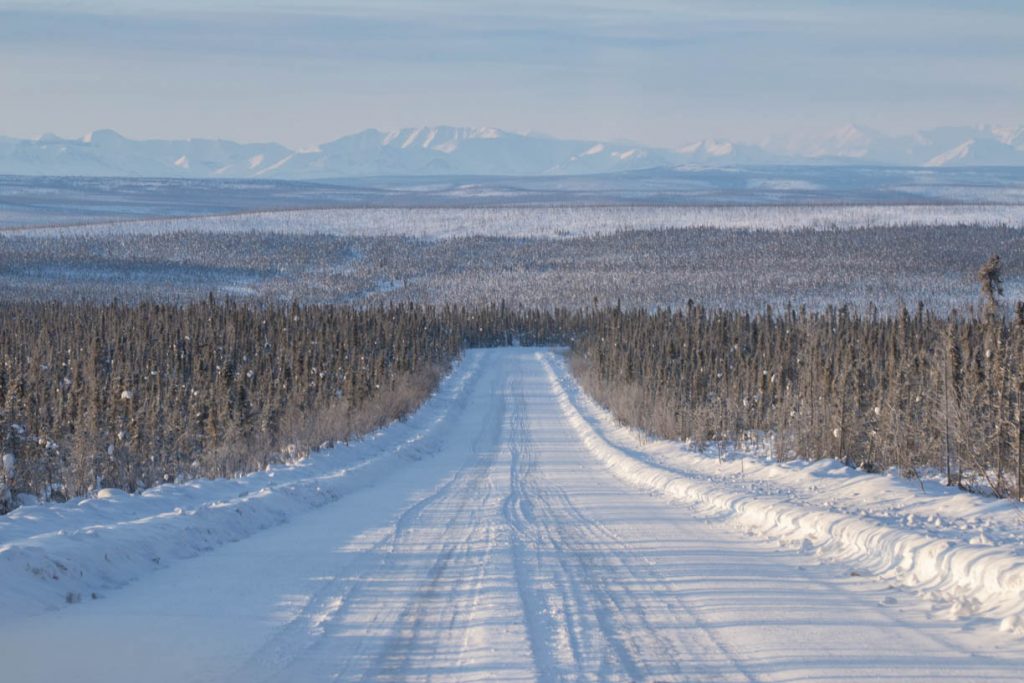
Any experienced Alcan rallyist will tell you to choose your vehicle carefully and prepare it as well as you can. That means bringing two spare tires, 10 gallons of winterized fuel, and enough safety gear to get your vehicle out of at least a moderate jam. As it happened, we didn’t use the spare tires, but we did find a use for most of the other stuff.
The first several days of the rally are spent driving north through British Columbia and into the Yukon Territory. A stop at Liard Hot Springs in northern B.C. is a must. The trip wouldn’t be complete without a swim in the sulfurous waters with snow all around.
This region is where travelers see the most wildlife, and we were treated to close-up views of Stone Sheep and American Bison. Snow in this part of the world tends to be fat flakes, sometimes swirling in white-out conditions. But as the rally winds its way north, those storms give way to extreme cold and packed snow that’s been on the ground for months.
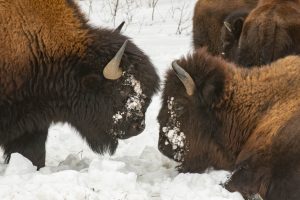
Part of our prep involved a simple luxury. A 12-volt electric kettle boiled water in about 20 minutes. An Aeropress and three pounds of good dark roast coffee completed our mobile espresso bar. A few packs of sugar and some milk from the hotel breakfast bar kept us going on the long transits.
The rally changes its nature north of Whitehorse. Teams make the run up to Dawson for an ice race, but everyone’s fuel economy is dropping with the temperatures. Extremely cold air is also extremely dense, delivering more engine power but also requiring more fuel. One factor we failed to take into account was increased consumption of Diesel Exhaust Fluid. We hadn’t packed any, and by the time we reached Dawson, our GMC was issuing dire warnings.
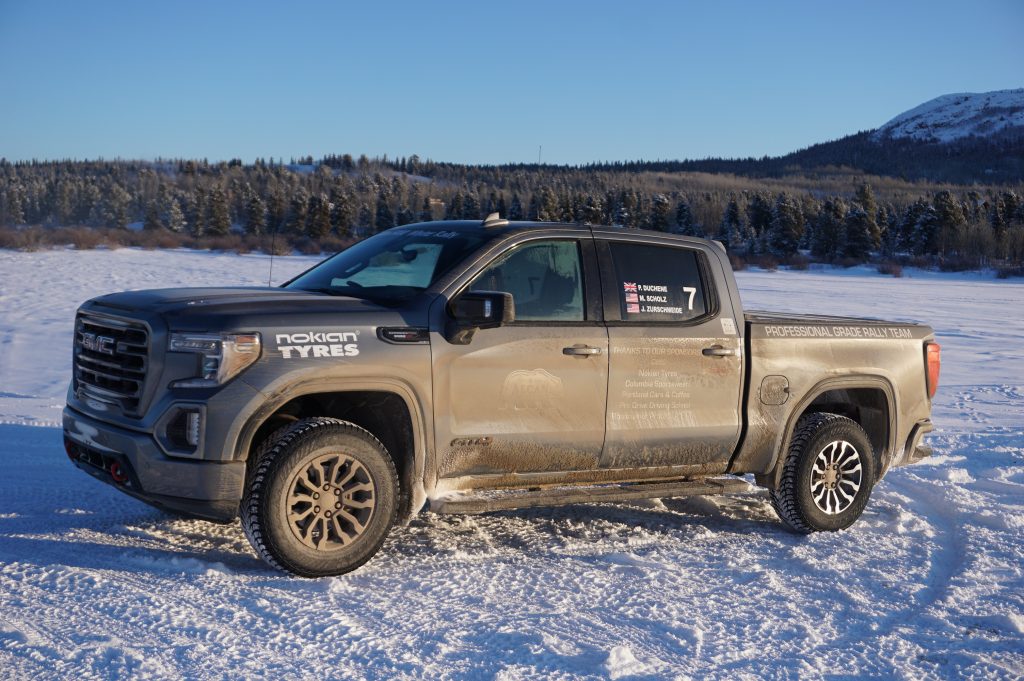
There’s a thing about people who live up in the far north: they understand mutual assistance. We rolled into Dawson at 6 p.m. on a Saturday night. The gas station didn’t have any DEF and neither did any of the other teams. However, we encountered a local man in the hotel bar who thought a friend might have some. Out into the cold he went, returning about 15 minutes later with a full jug. “No charge,” he said. His friend didn’t need it and was happy to help us out. We bought a round in the bar and thanked our new teammate for his generosity.
After Dawson comes the real Alcan rally. The Dempster highway leads northeast from Dawson to Inuvik, crossing the Arctic Circle along the way. Settlements are more than 100 miles apart, and several ranges of hills and mountains must be crossed on the way. In one long day we tackled the Dempster as fog and snow closed in. Several teams turned back in the first hour, and we pulled one SUV out of a snow bank.
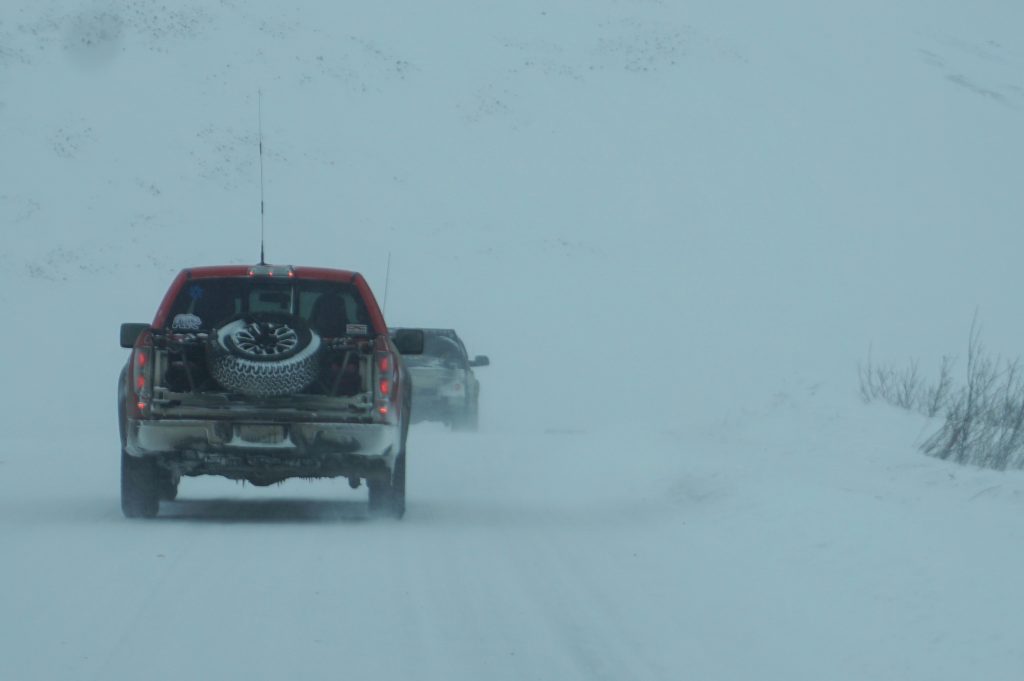
About 100 miles later, it was our turn to take a peek over the edge. Blowing snow had narrowed the road ahead and threading the needle just didn’t work. In an instant, we were somewhere on the shoulder, fighting to stay out of the sizable ditch. Luck was with us at that moment, and we scrambled back on the road. We went on, not saying much for a while, but that was a warning. The Arctic doesn’t often give a second warning, and several other teams had to rely on the sweep trucks employed by the rally to pull them out of trouble.
The following morning is the most important day of the event. Teams arise in Inuvik before dawn and make their way along the final 100 miles due north to Tuk. Dawn breaks in blue and peach colors over the Arctic ice and it’s minus-40 degrees. According to the map there’s land under your feet, but all that anyone can see for miles around is ice. No one can spend much time outside their vehicles, so a few snapshots later we were turning around and heading south.
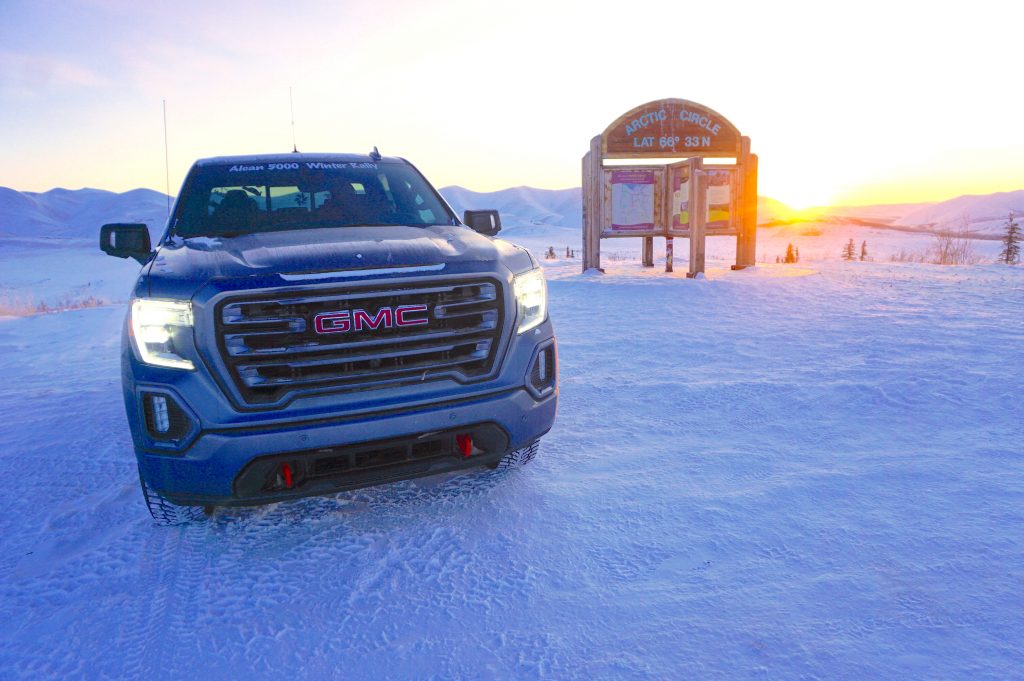
Winter in the Arctic is unpredictable and treacherous. Our plan had us bypassing a second night in Inuvik in favor of Eagle Plains, located just south of the Arctic Circle. The point was to cut 250 miles off the next day’s drive back to Whitehorse. However, when we got to Fort McPherson, the upcoming Richardson Mountains were under a deadly blizzard. About a dozen rally vehicles clustered around the town’s lone motel. There were far more people than beds, and the town opened the church and its supply of cots for the overflow. This was not these folks’ first time welcoming stranded travelers. There are no restaurants in this town, but the motel opened its kitchen for our use. We found the town grocery store and created a potluck dinner.
After sunset, the RCMP showed up and told us that the way south to Eagle Plains was now open, and several teams elected to press on rather than sleep on the motel floor. Our team elected to stay put, and that proved wise. Two rally cars collided in the dark when one got stuck in the snow and the other followed its taillights off the road. Luckily, no one was hurt and both cars made it to Eagle Plains that night. As a reward for our patience, we were treated to another spectacular daybreak the next morning as we stopped once more at the Arctic Circle monument.
The balance of that day was spent trekking back to Whitehorse. Our amazing luck ran out in this stretch—another snowbank and another trip onto the shoulder ended with our truck high-centered on its skid plate. It was our turn to be thankful for the sweep trucks, because waiting for a tow truck to make a long trip out to us would have been tedious, to say the least.
How to survive an Arctic journey
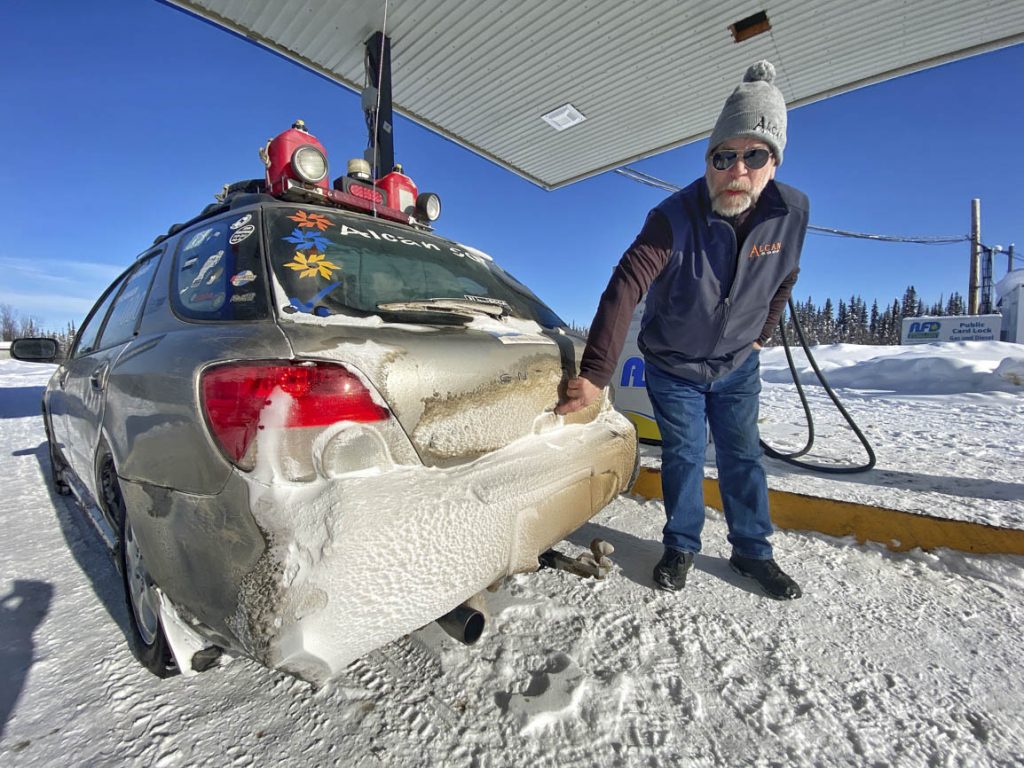
The list of Do and Don’ts is extensive, and failure to observe them will put your life on the line. There is safety in numbers in the Arctic, and that can be the difference between a fun time and a very scary experience.
Pro tip: Get some paint protective film (such as 3M) to cover windshield chips as soon as they happen. Thoroughly dry out the chip and clean around it. Then cut a small circle of film that completely covers the chip and apply it. Water that freezes inside the chip is what cracks your windshield.
Do these things:
- Choose the right car and prepare it properly. Reliability is paramount.
- Winter tires are required by the rally, and studs are recommended.
- Install a skid plate to keep ice from building up on engine and suspension components.
- Pack two spare tires and wheels, windshield washer fluid, full gas cans, motor oil, jumper cables, LED flashlight, pry bar, full tool kit, mat, a first aid kit, and warning triangles or flares.
- Bring the warmest clothes you can find (silk long johns, Thinsulate gloves, wool hat, scarf or face mask, snow boots, sunglasses or ski goggles, lip balm, sunscreen, thermos, and hand warmers).
- Get a Garmin InReach or Spot satellite communications tracker, and subscribe to the SOS service. This allows your family and friends to track your progress, and you can notify authorities from anywhere on the planet if you get into trouble.
- Take a winter driving or SkidCar course to sharpen your winter driving skills.
Pro tip: If you plan to install additional lights, choose yellow fog lights, and install them low on the front of your vehicle. That way the beams light the road, not the falling snow.
Don’t do these things:
- Never travel alone—stay with a group.
- Don’t be overconfident and drive too fast for conditions.
- Don’t piss off the truckers—they talk.
- Don’t follow too closely, especially in blowing snow.
- Don’t ever pass up a gas station—fuel economy drops in low temperatures.
- Don’t drive at night on a highway which has just been opened.
- Don’t assume a hotel will be open when you are an hour late.
- Don’t be left behind because you didn’t read the day’s rally instructions. Yeah, that happened.
- Don’t ignore animal warning signs and never get out of your car to photograph any large animal.
Pro tip: A “Snatch Strap” or recovery rope is much better than a tow strap. Teams broke several conventional tow straps, and only the best recoil recovery ropes were up to the task. Then make sure you’ve got top-grade recovery points. Chrome plated dress-up hooks won’t do.
You really can do this
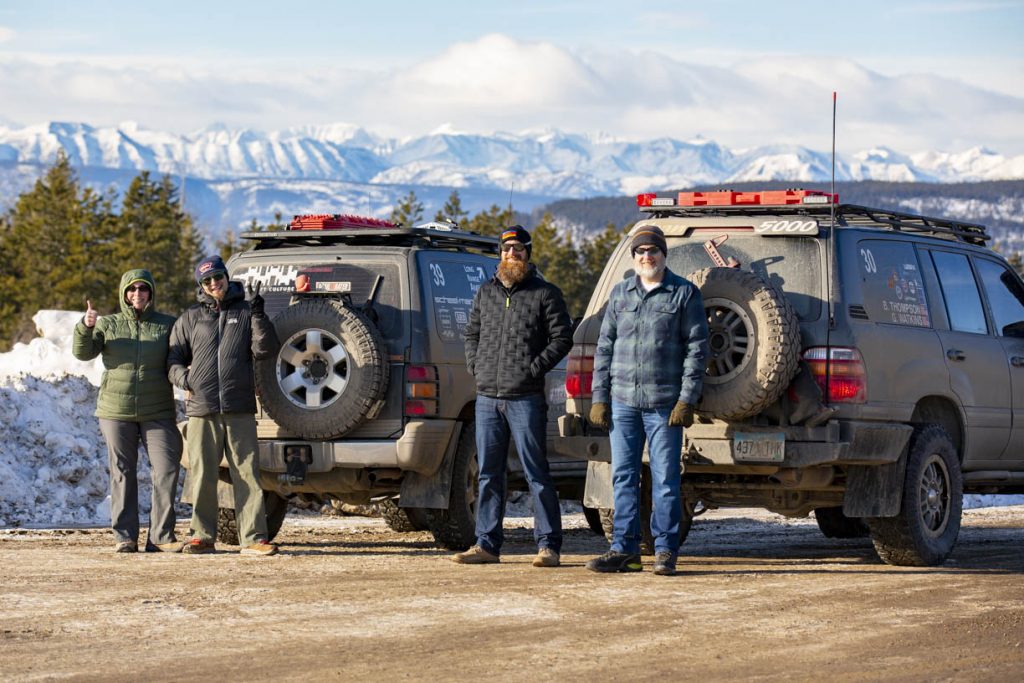
The next Alcan goes to Yellowknife in the Northwest Territory in February 2024. Cost is projected at $3200 for two entrants and one car, plus an additional $800 for a third rider. The money covers lodging for 10 days, some meals and all the rally support.
That last bit is the best value you can hope for. When you’re looking at your car 25 feet off the road in four feet of snow, 200 miles from your destination at 4.30 p.m., minus-18 degrees, and it’s starting to snow, that sweep truck is your guardian angel. You will cheerfully buy them dinner and all the drinks they want in a warm friendly restaurant. It will be a bargain. The alternative does not bear thinking about.
There are many reasons people choose to compete in the Alcan 5000 Winter Rally over and over again. The Yukon and the Arctic are among the most beautiful and remote parts of North America. Everything is much more extreme. The weather is colder, the hot springs are hotter, the wildlife is bigger, the mountains are grander, and the horizon is farther away than you’ve ever seen before. It’s also damned dangerous, and we’d be lying if we said that wasn’t part of the appeal.
The challenge of visiting the far north in winter makes the Alcan rally unique in all of motorsports. Your fellow rallyists are a select group of personalities, to say the least. If you’re looking for true adventure, the last frontier is up there and it’s waiting for you.
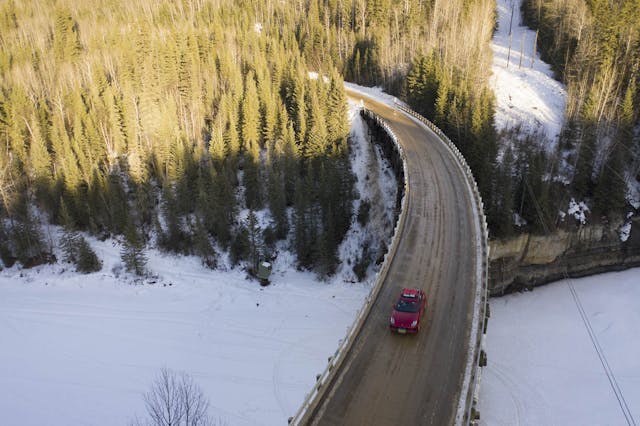








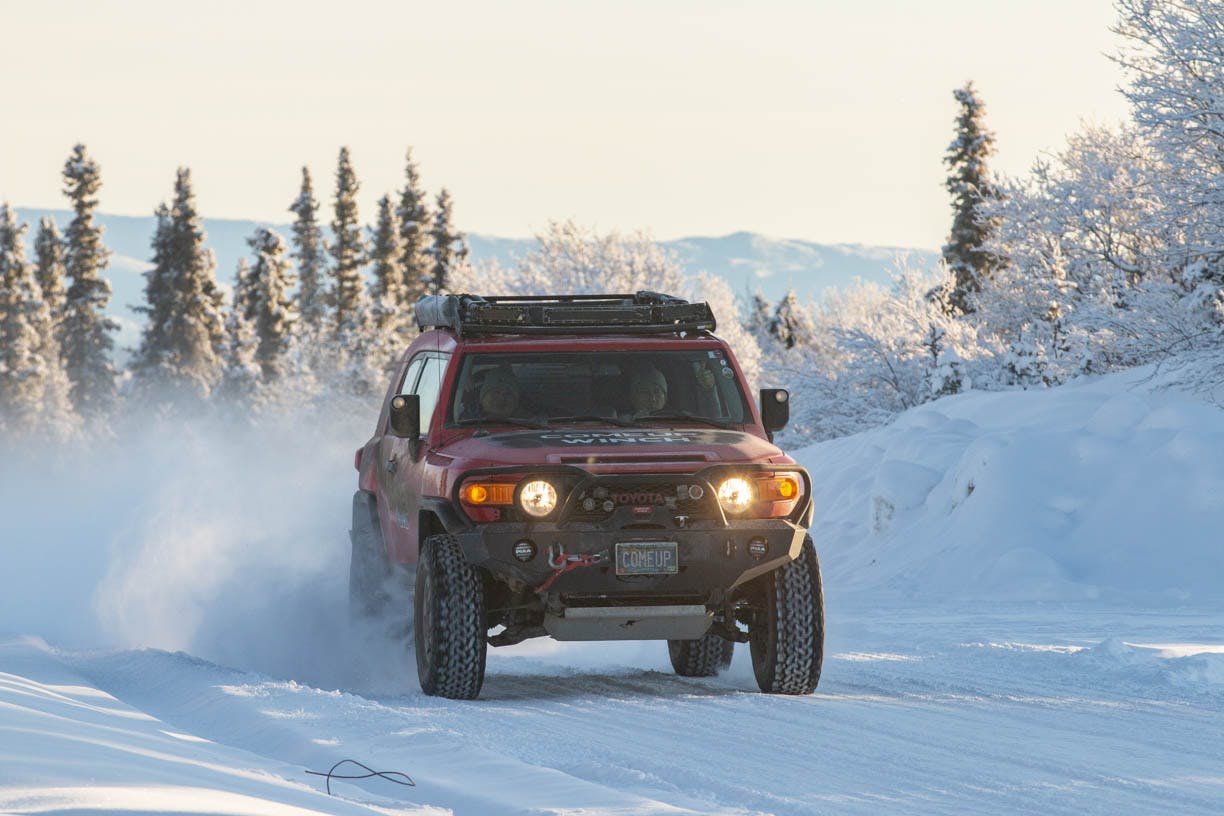
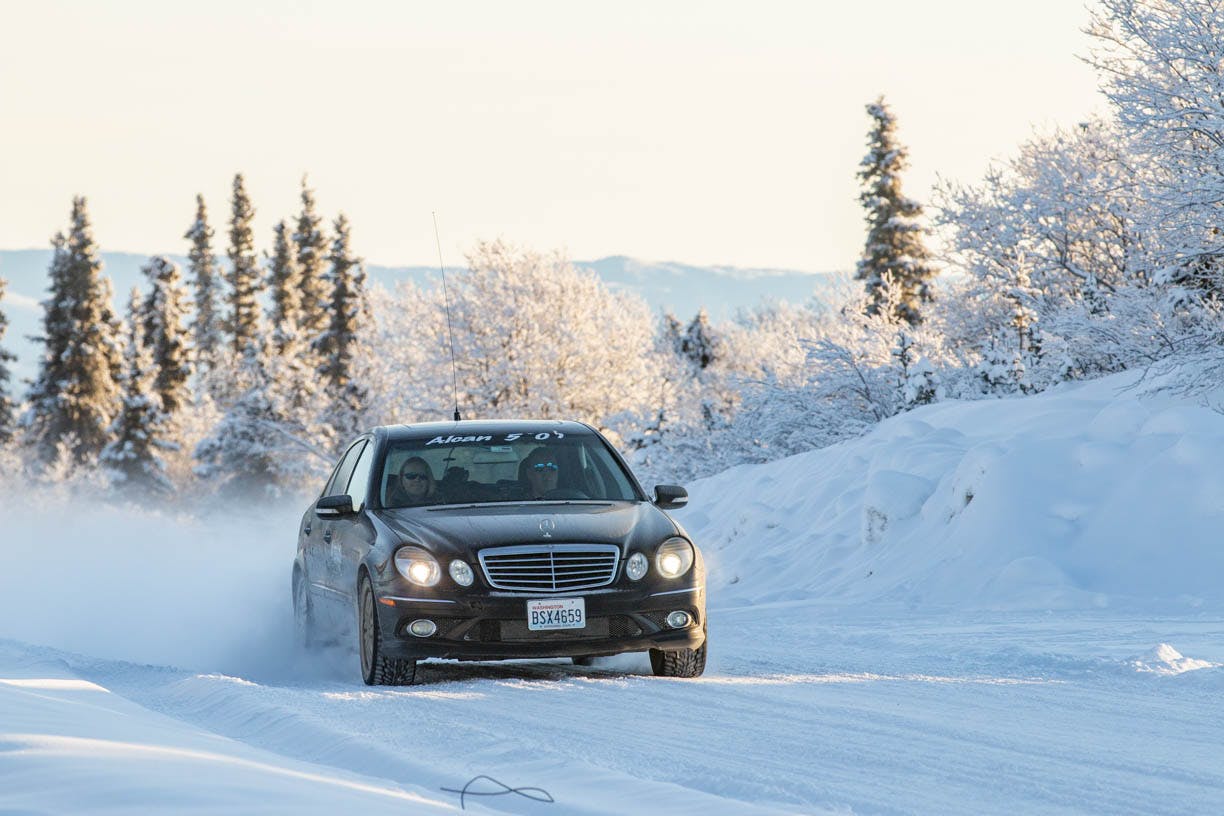

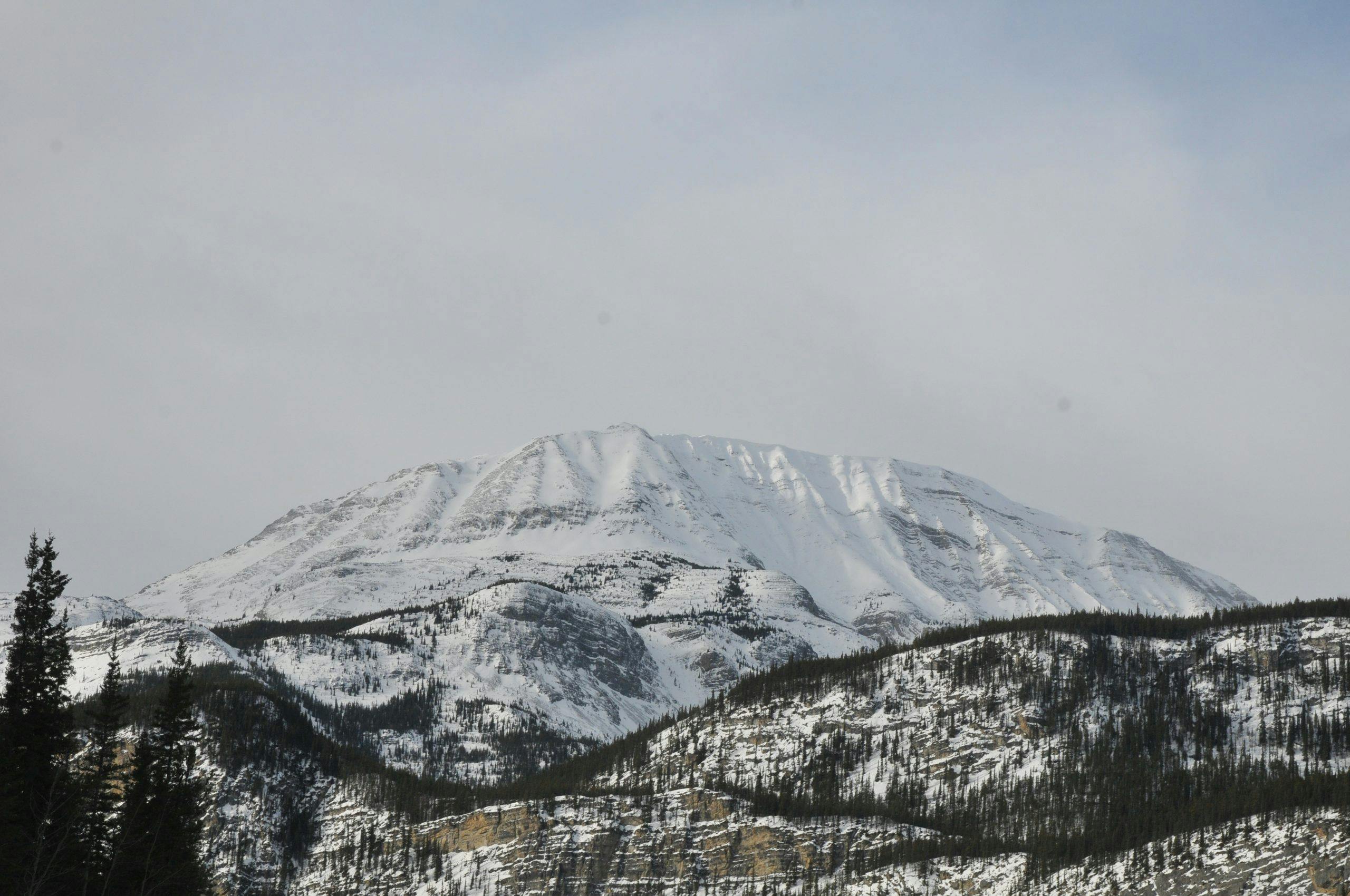
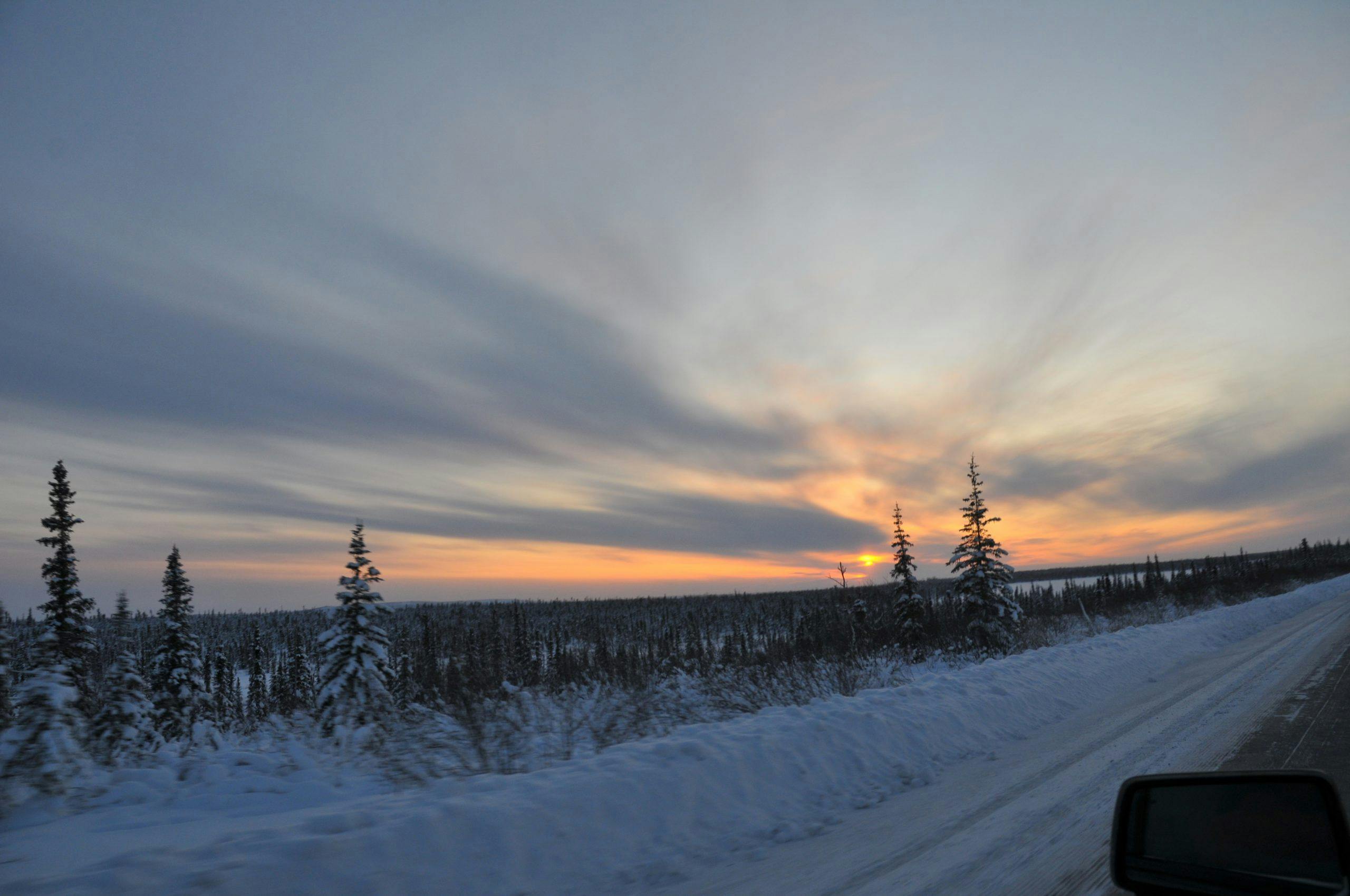
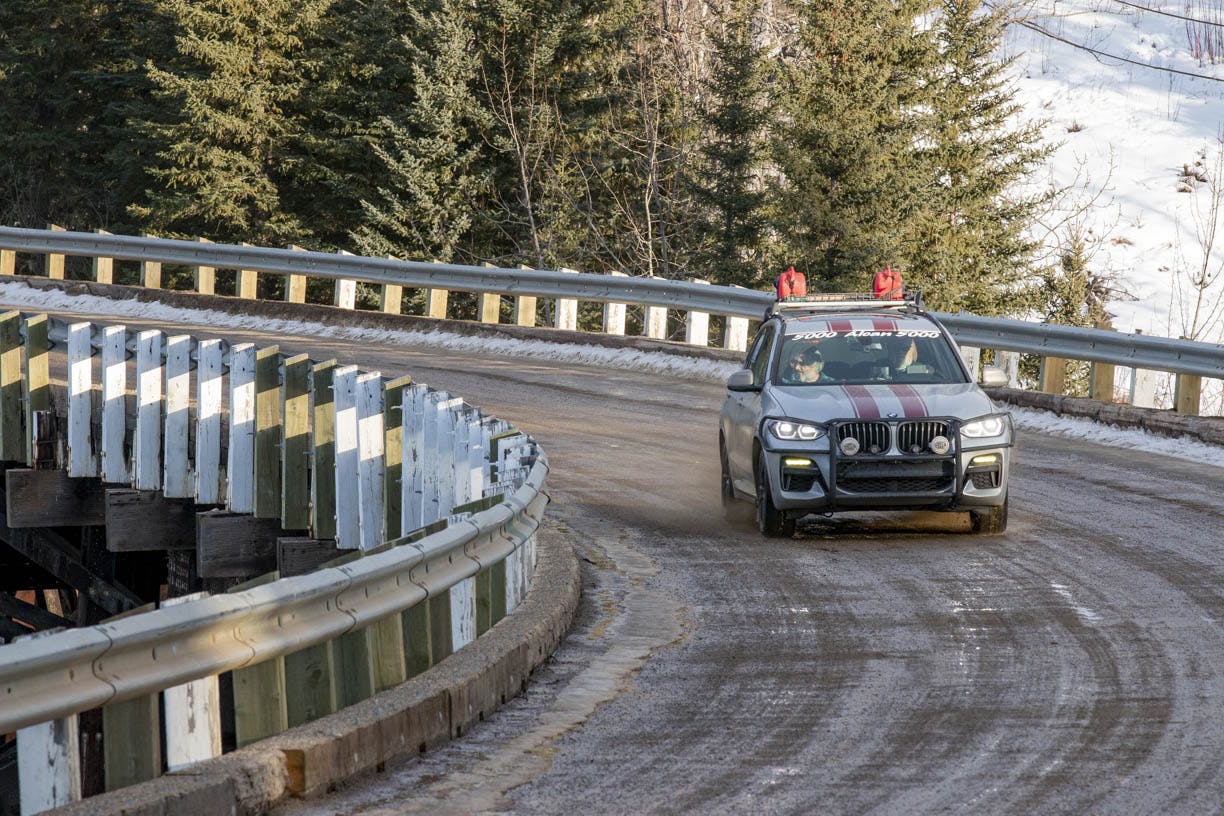

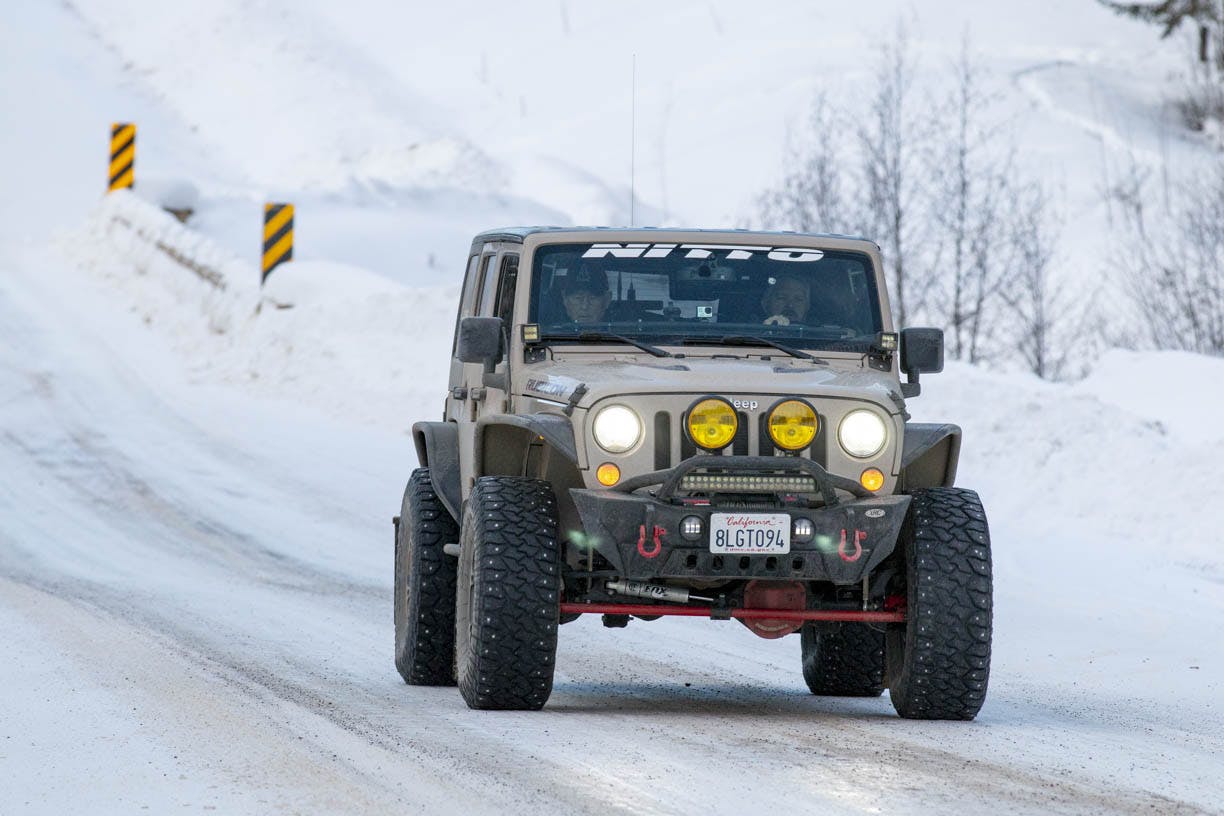
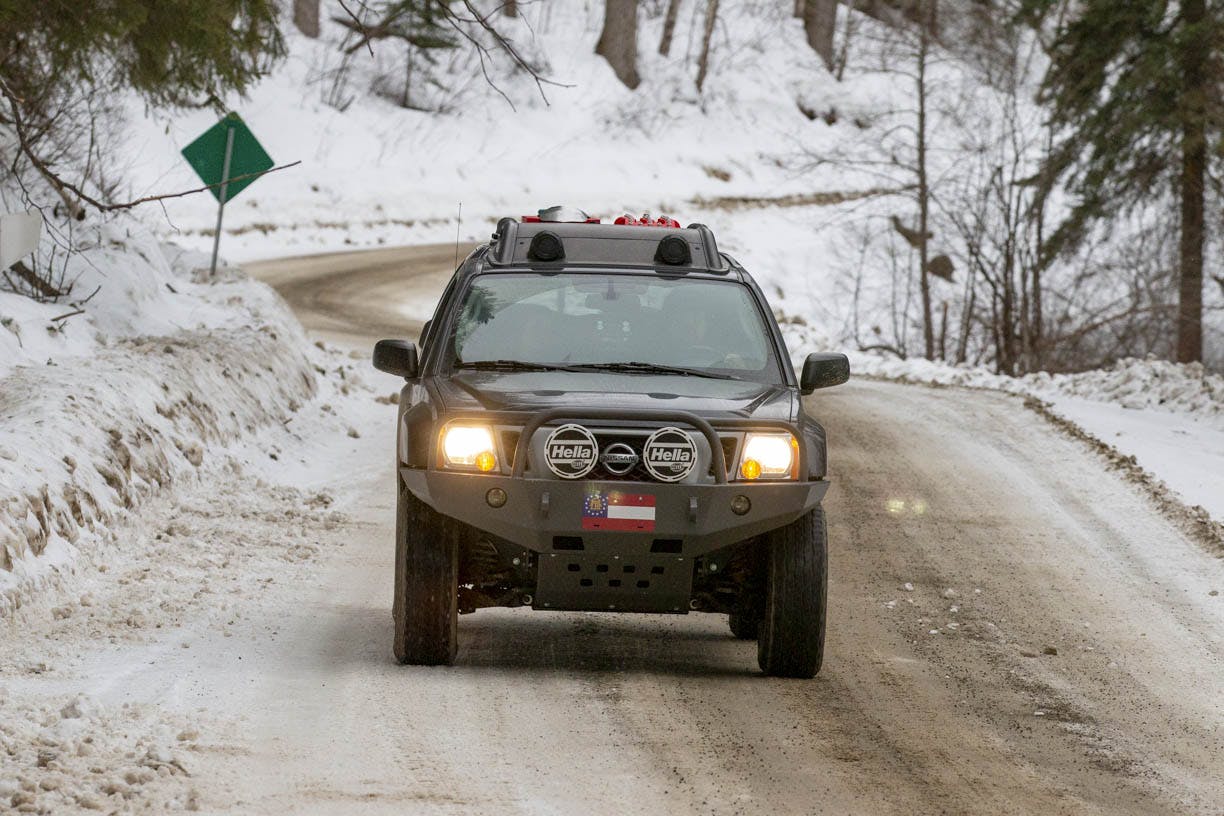

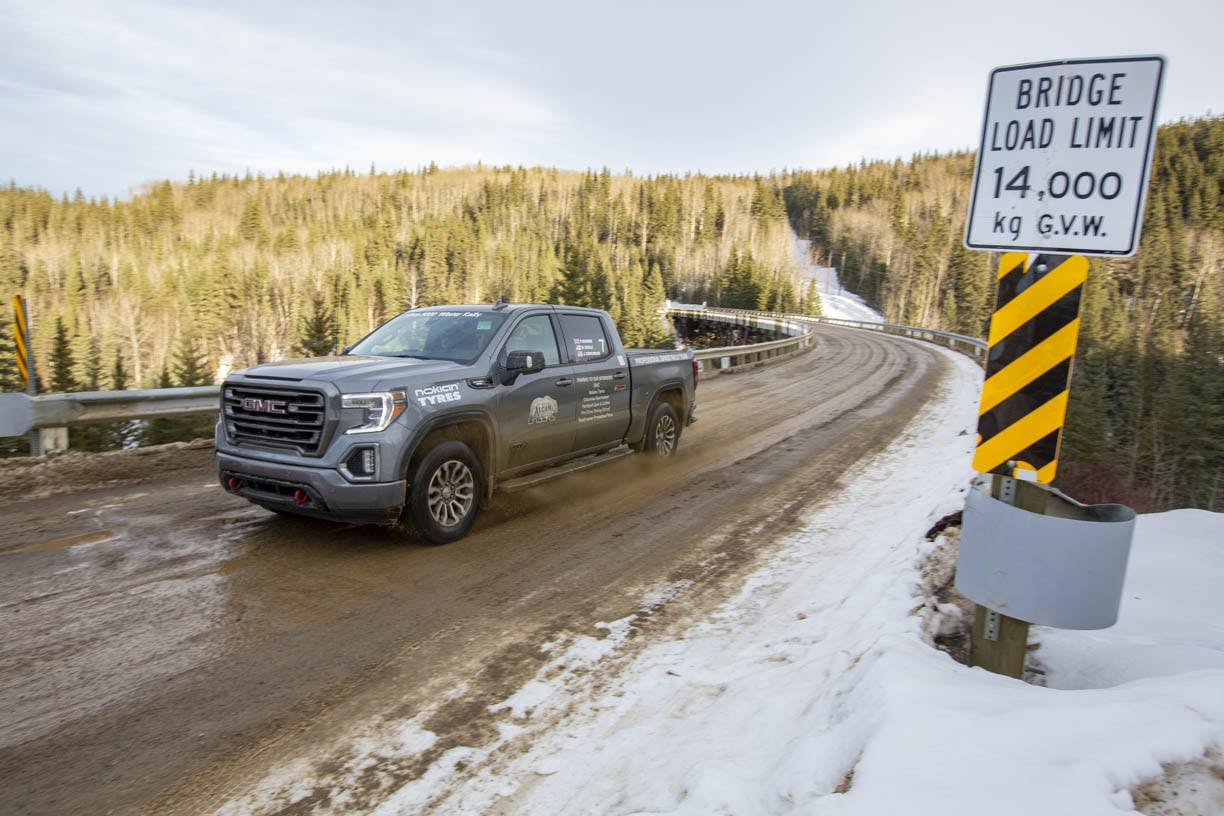
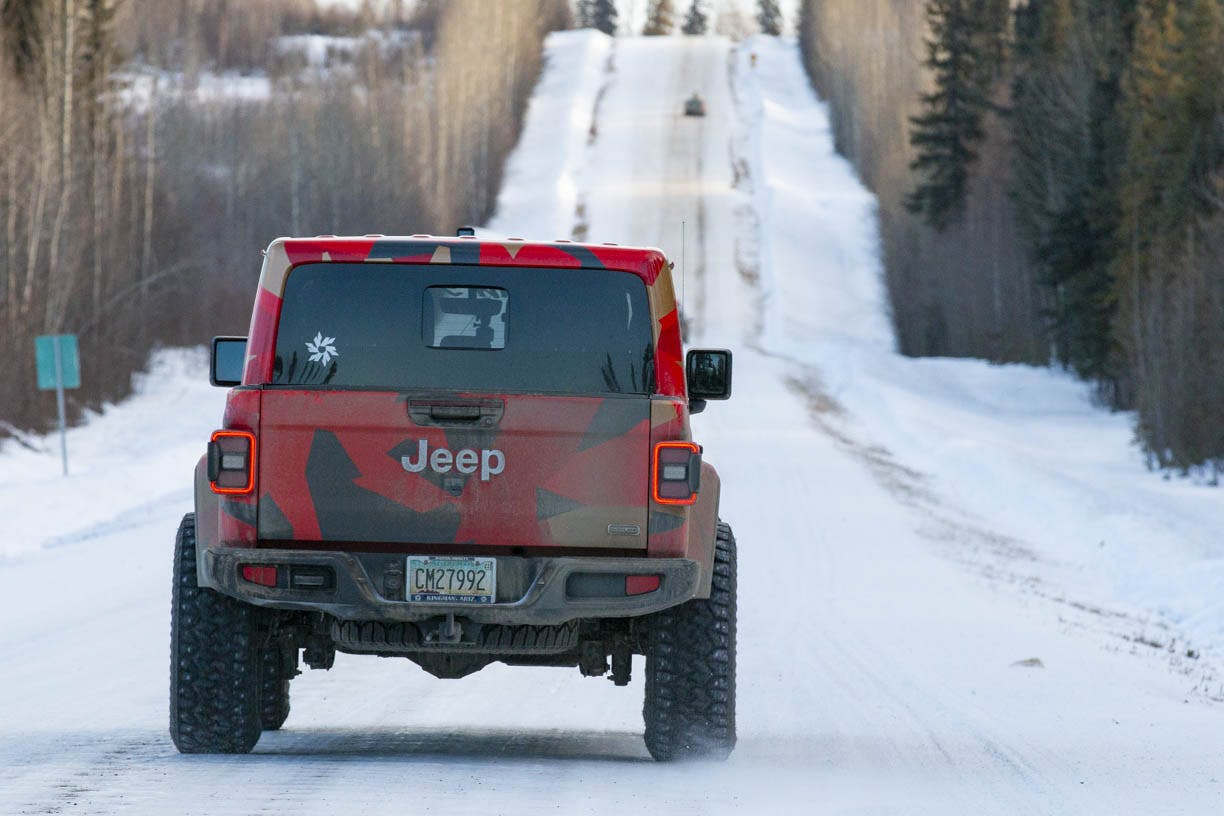
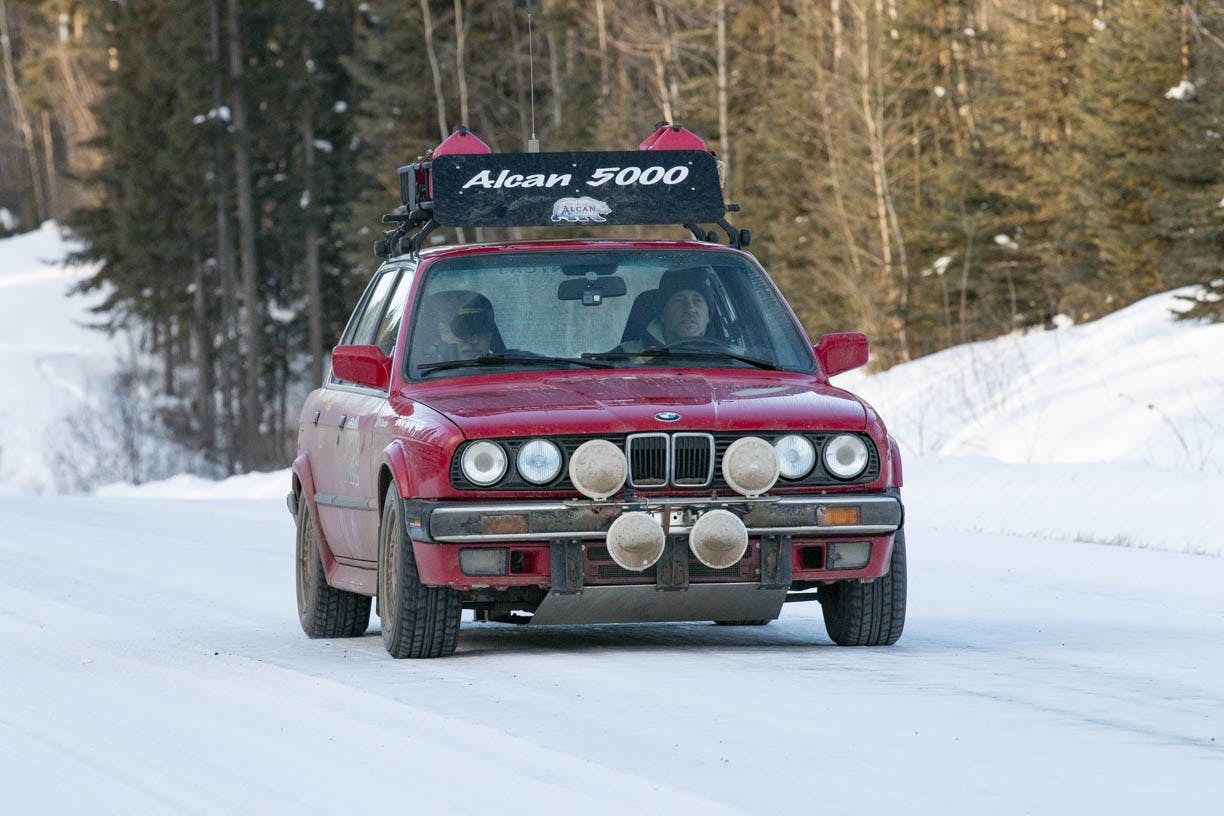
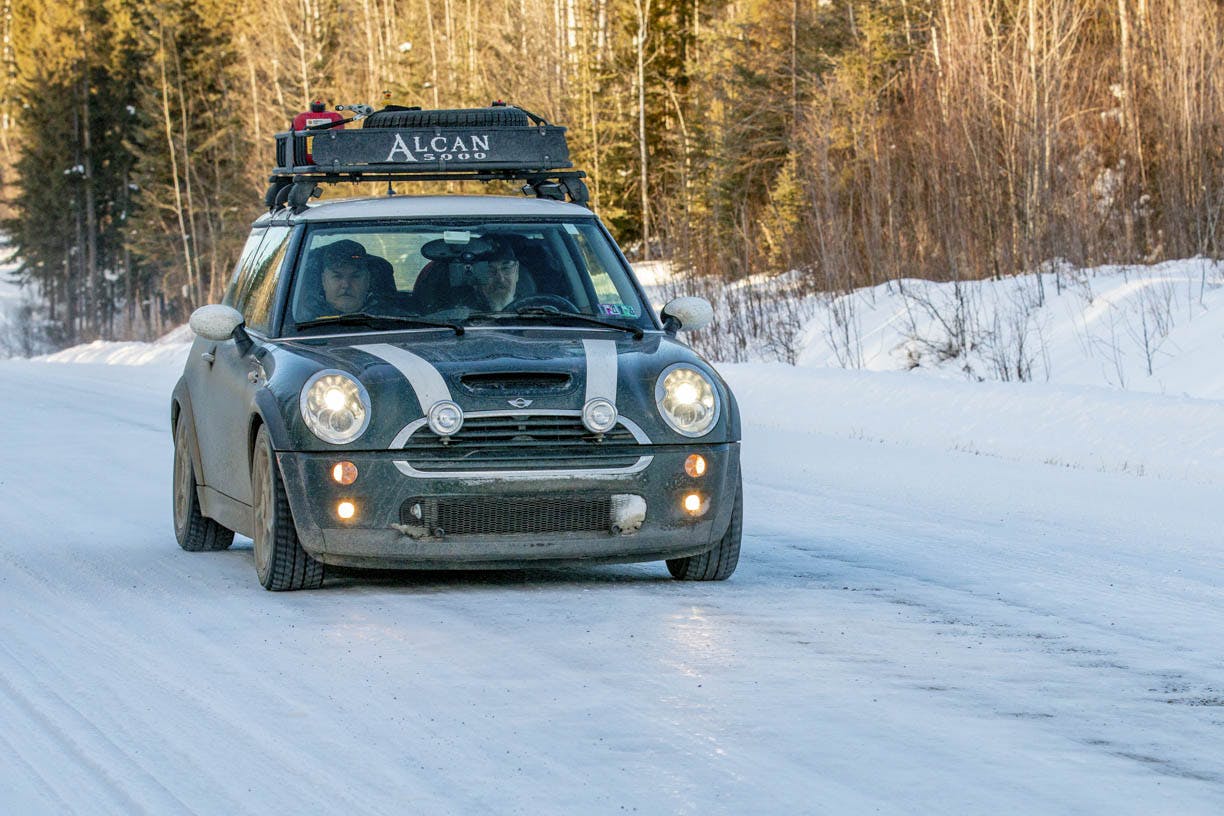


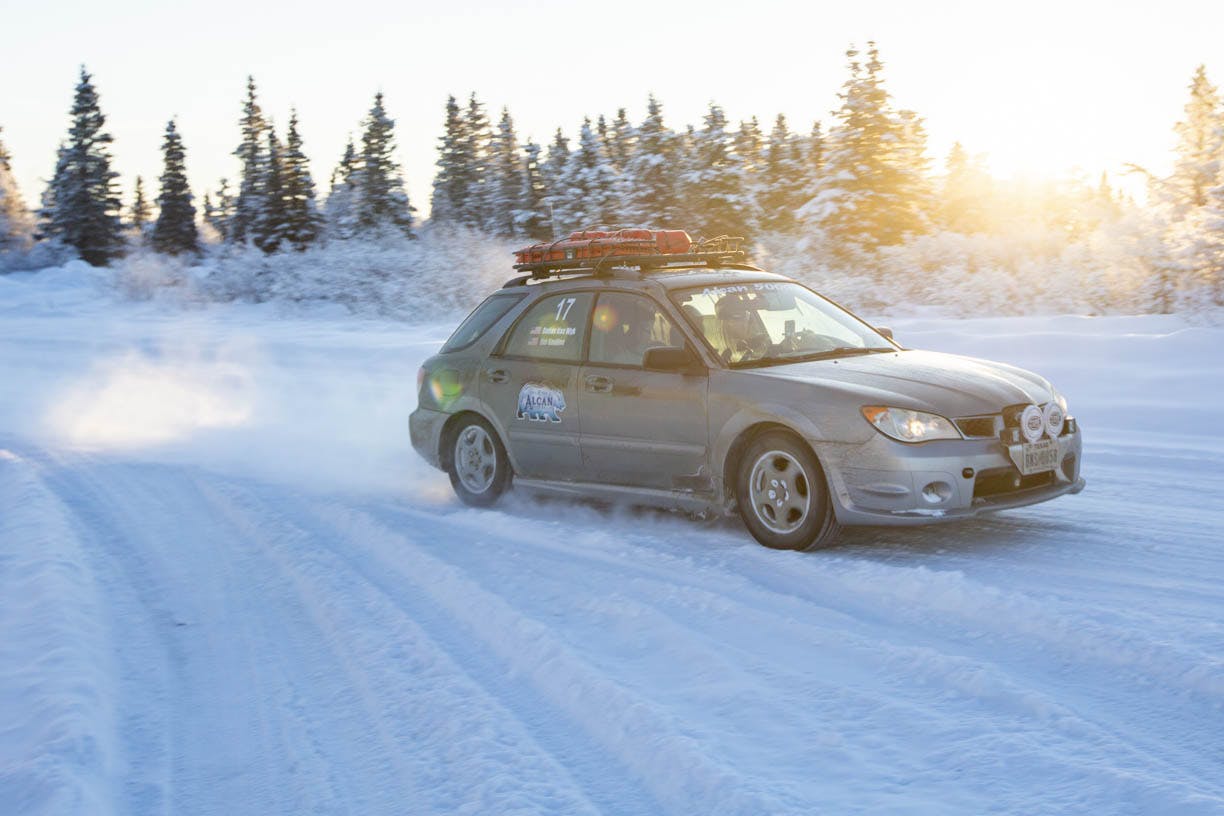
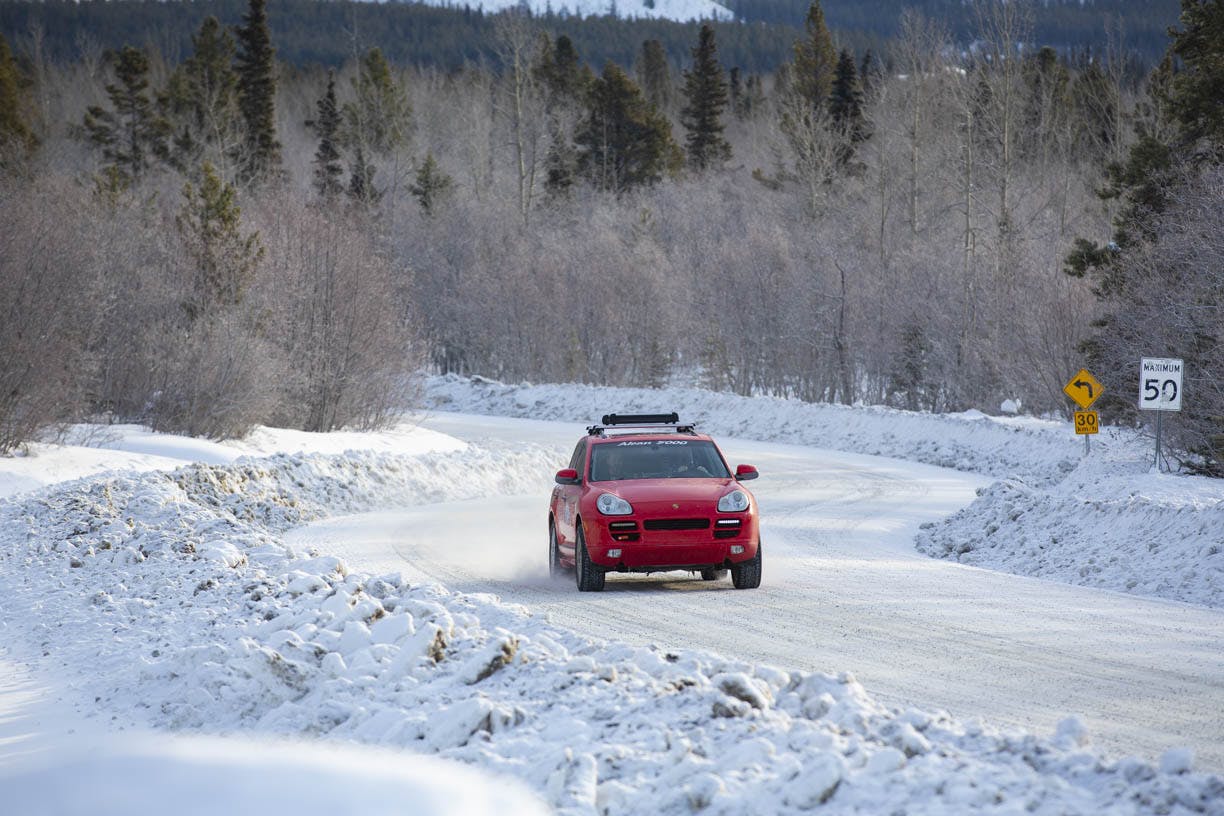
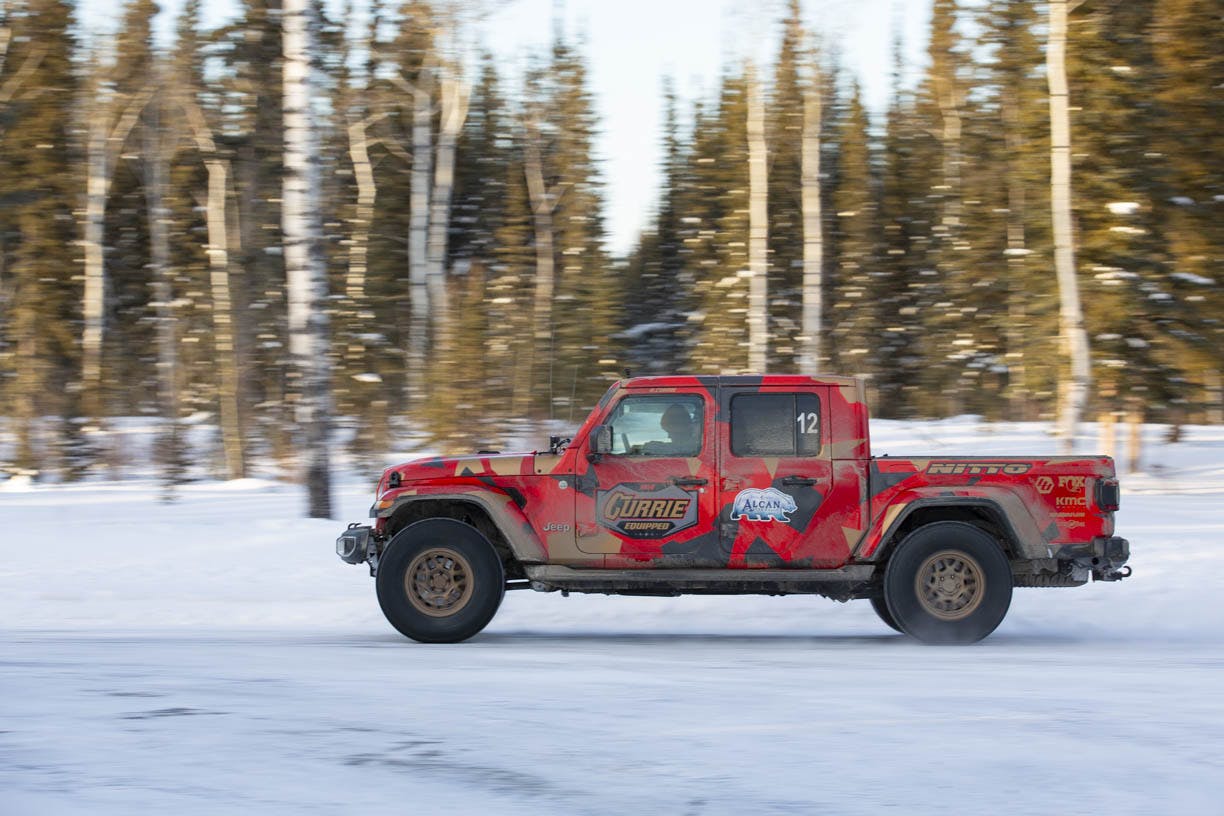
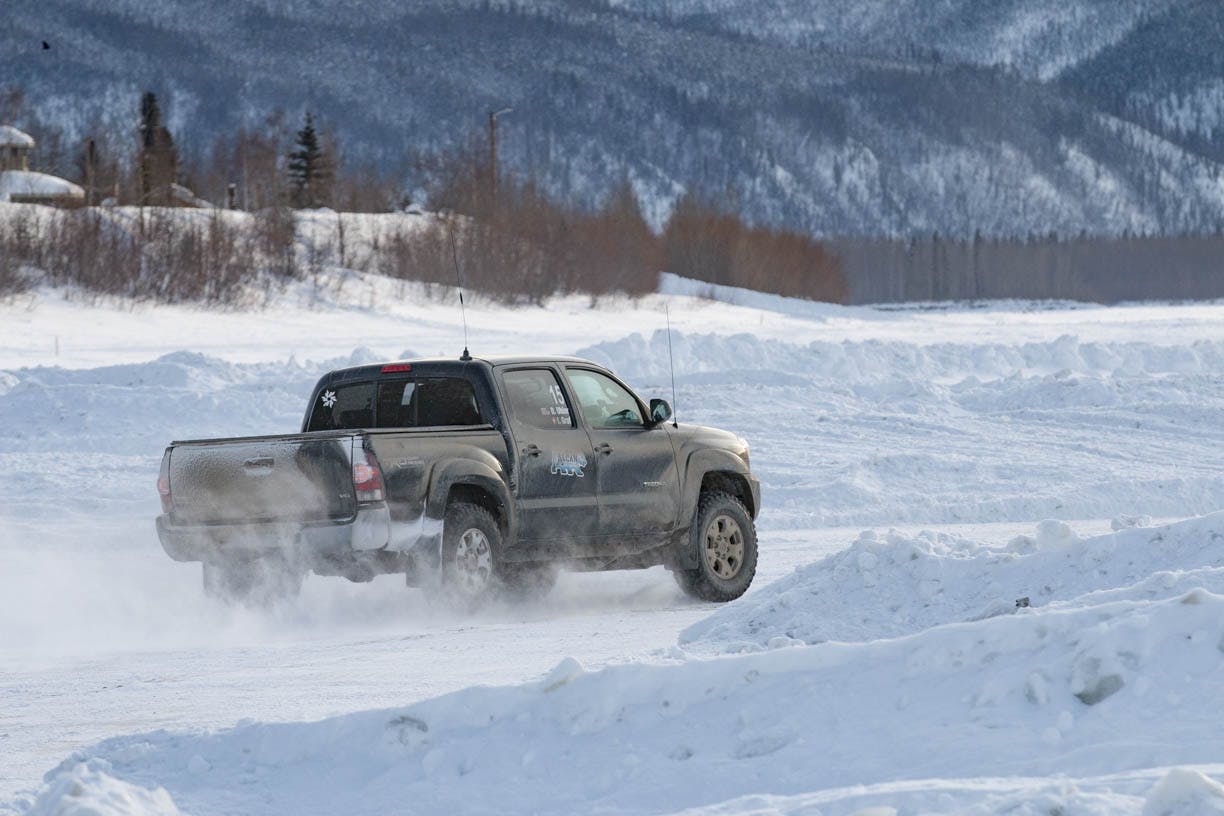
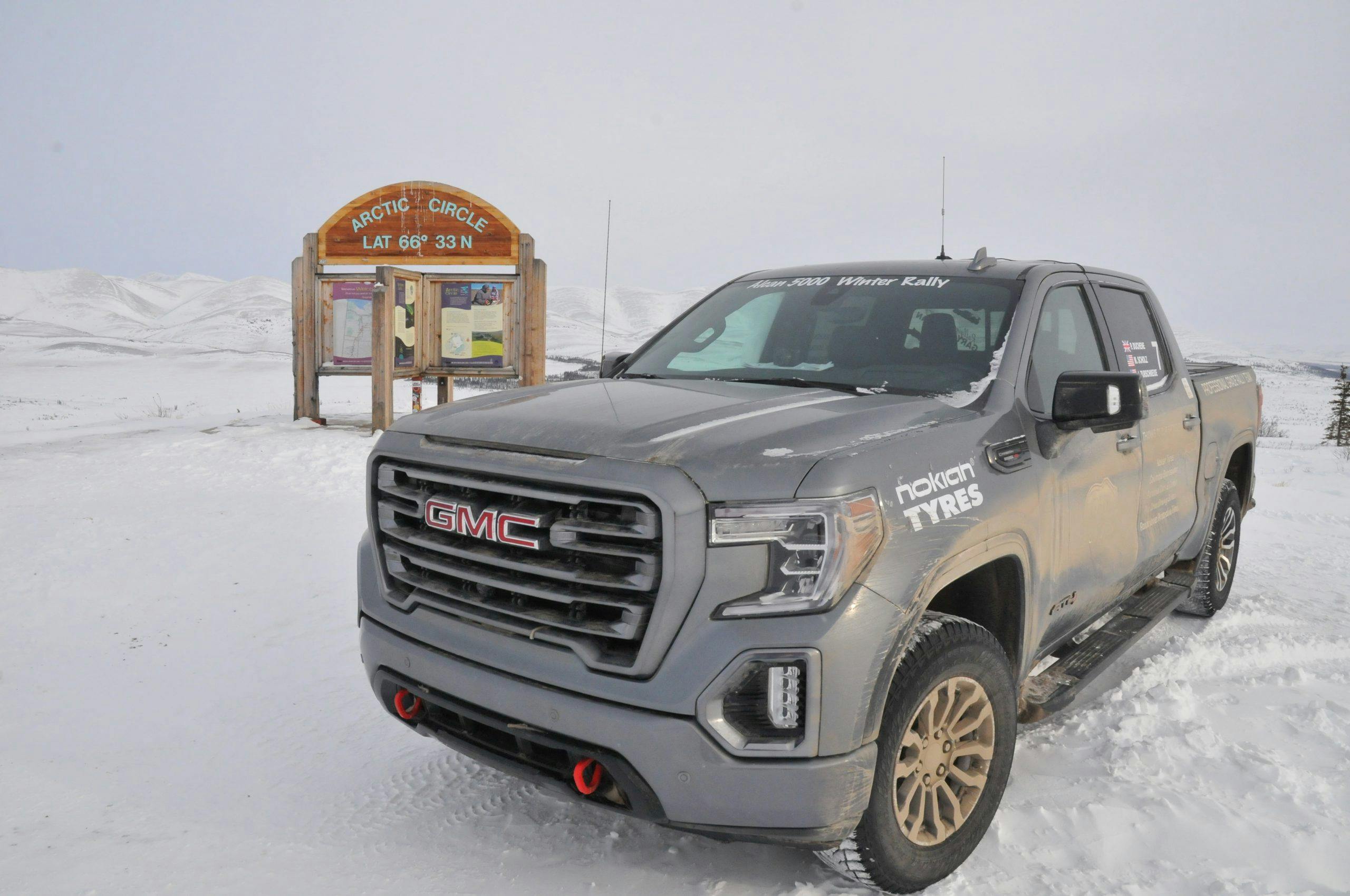
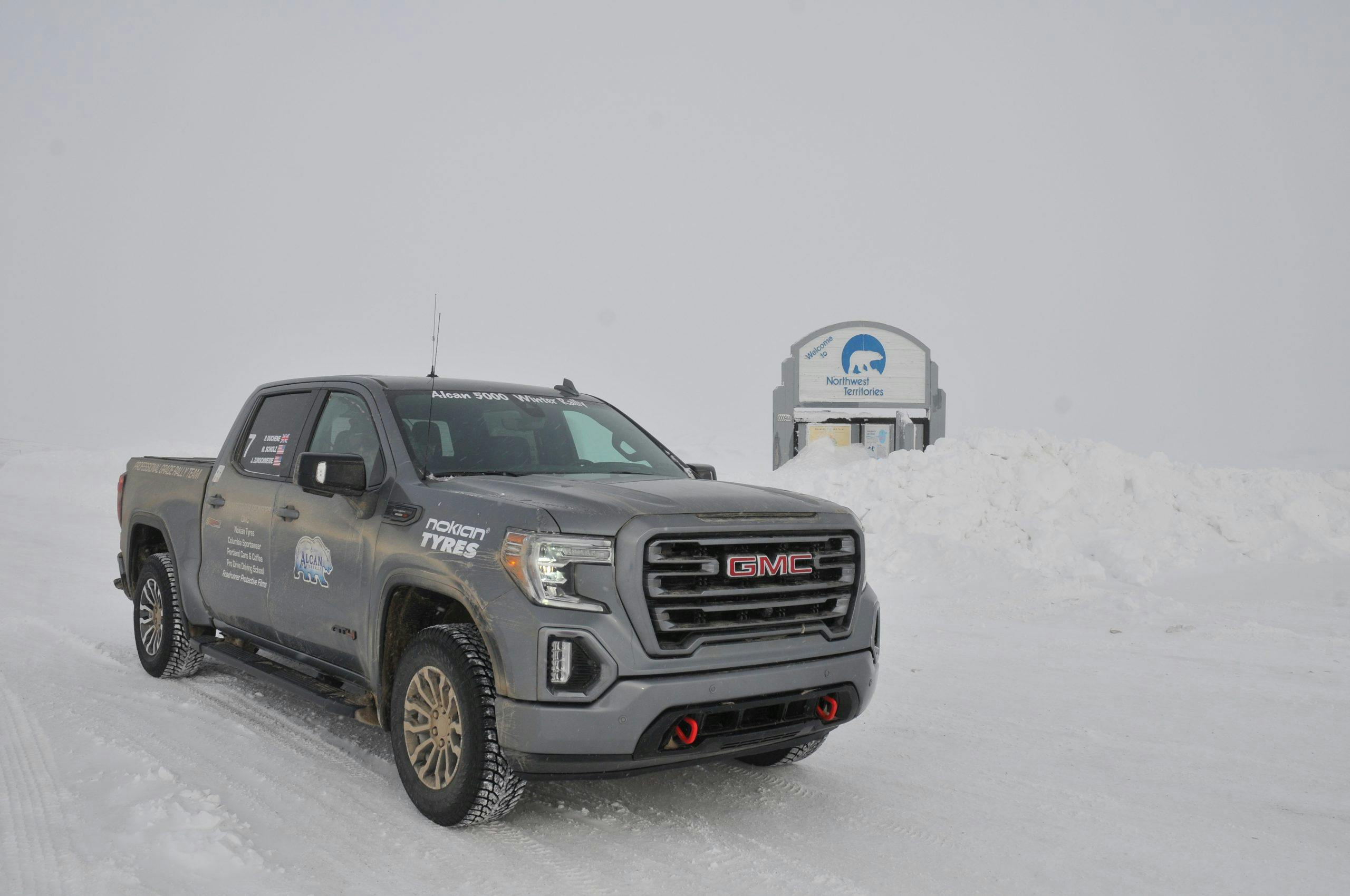
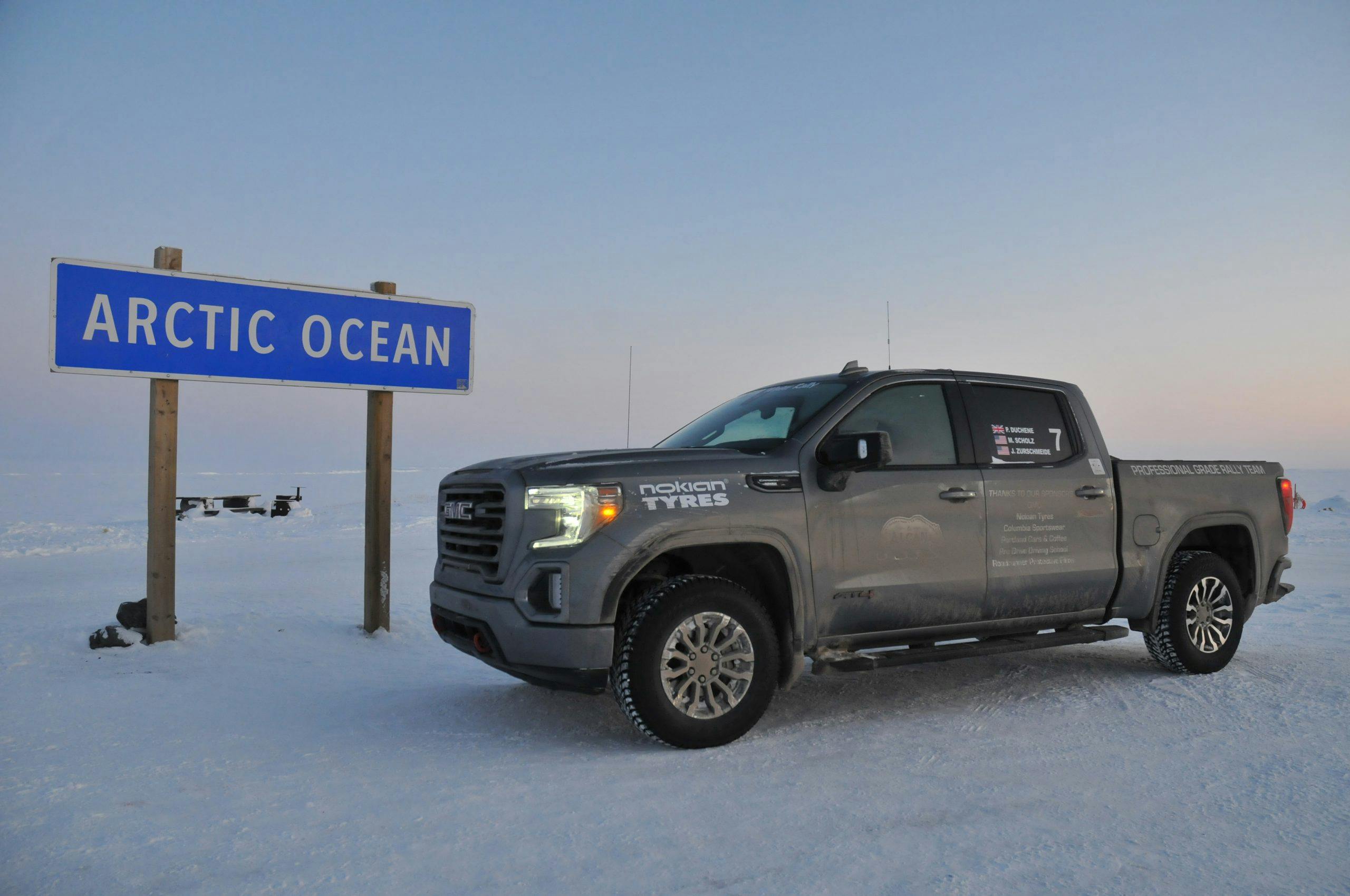
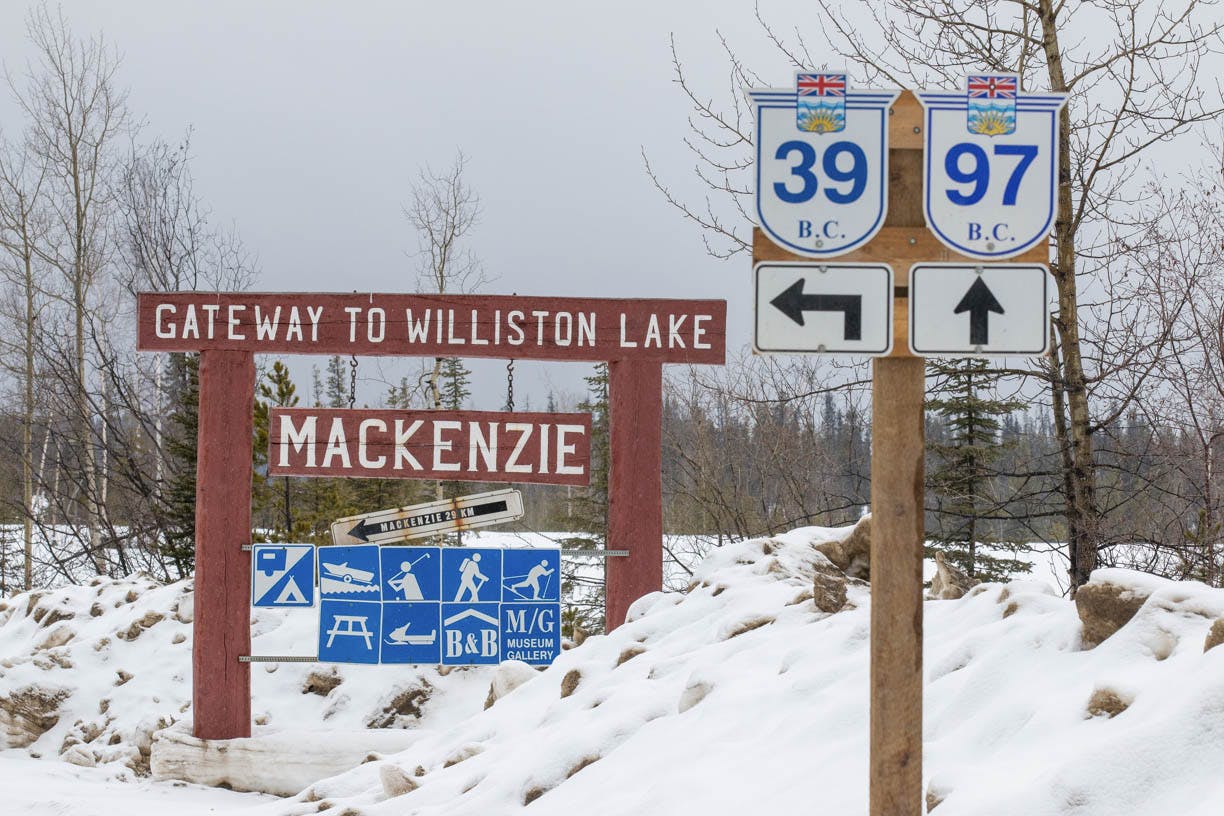
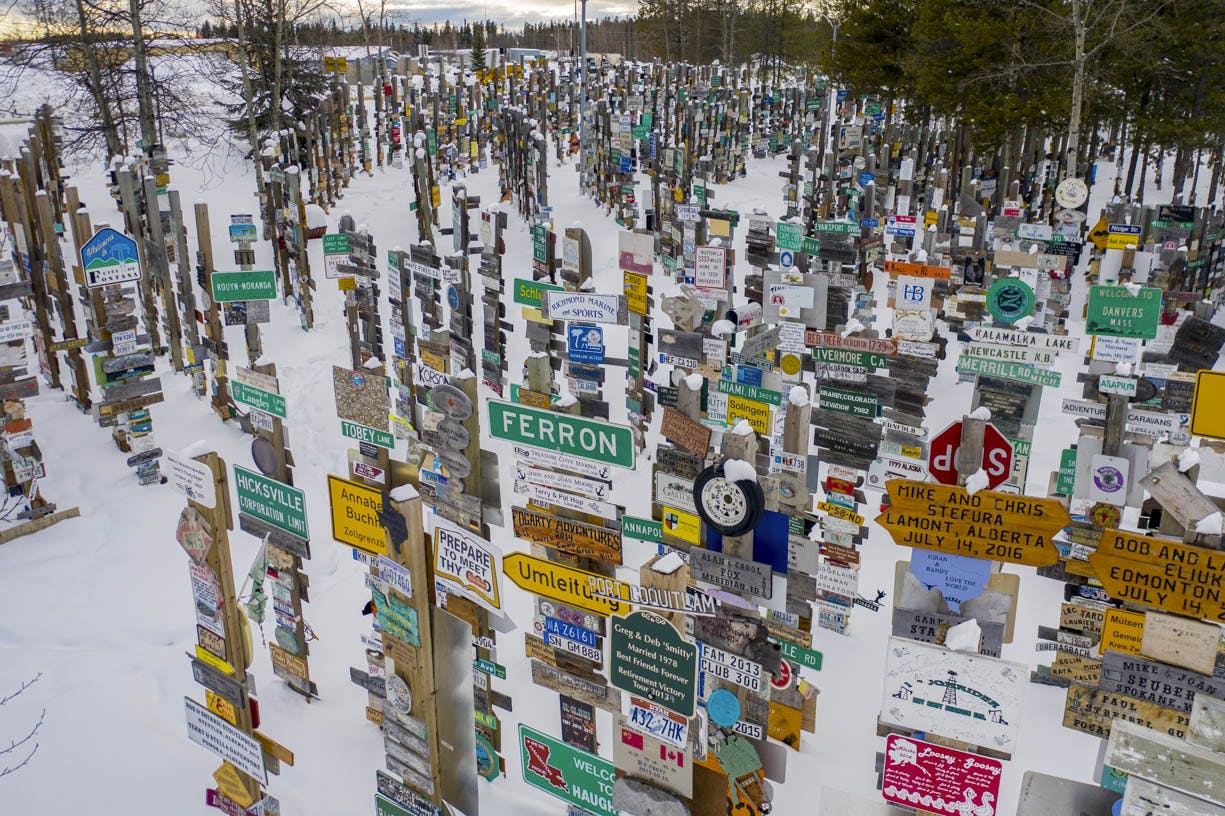
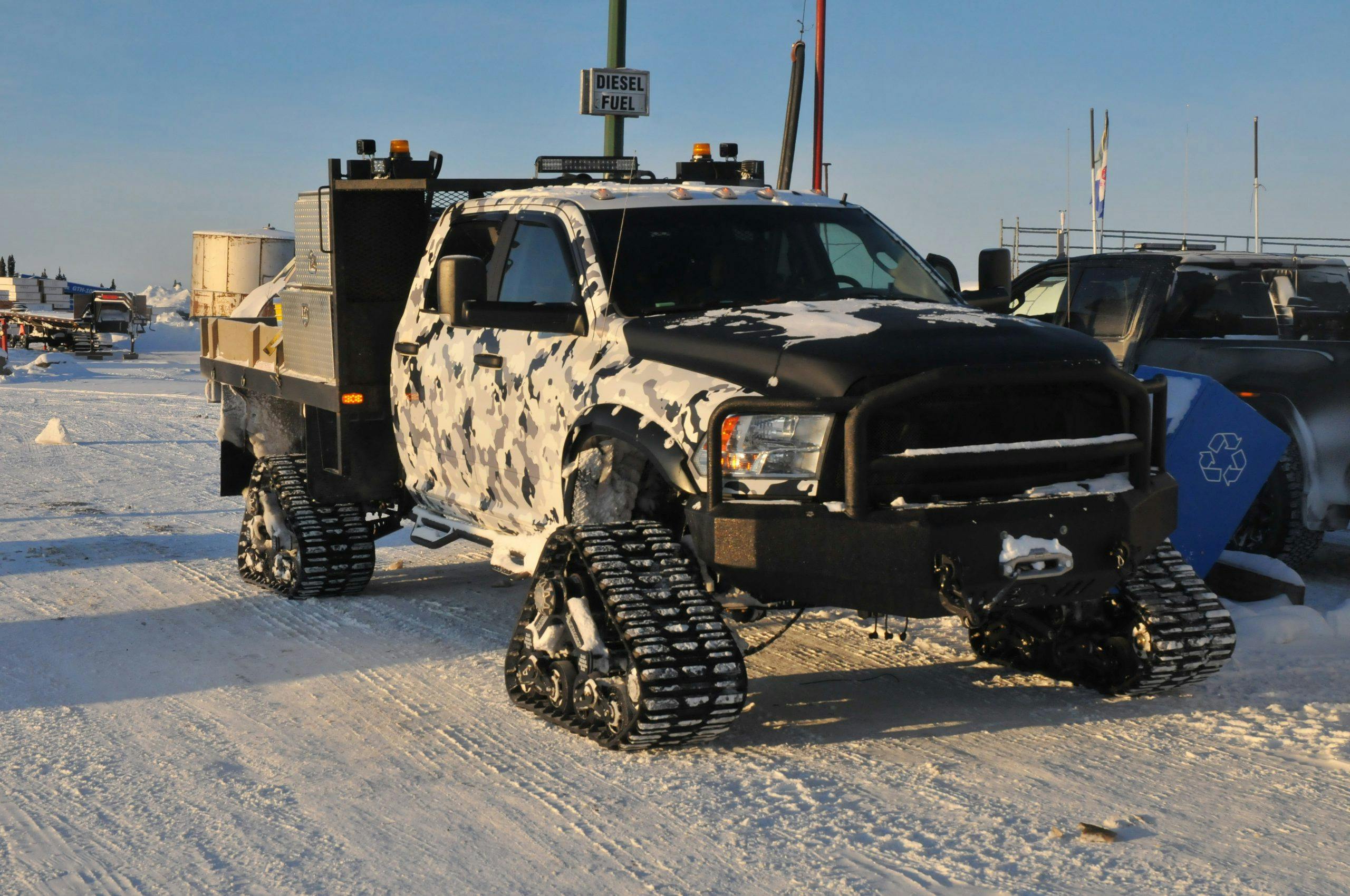
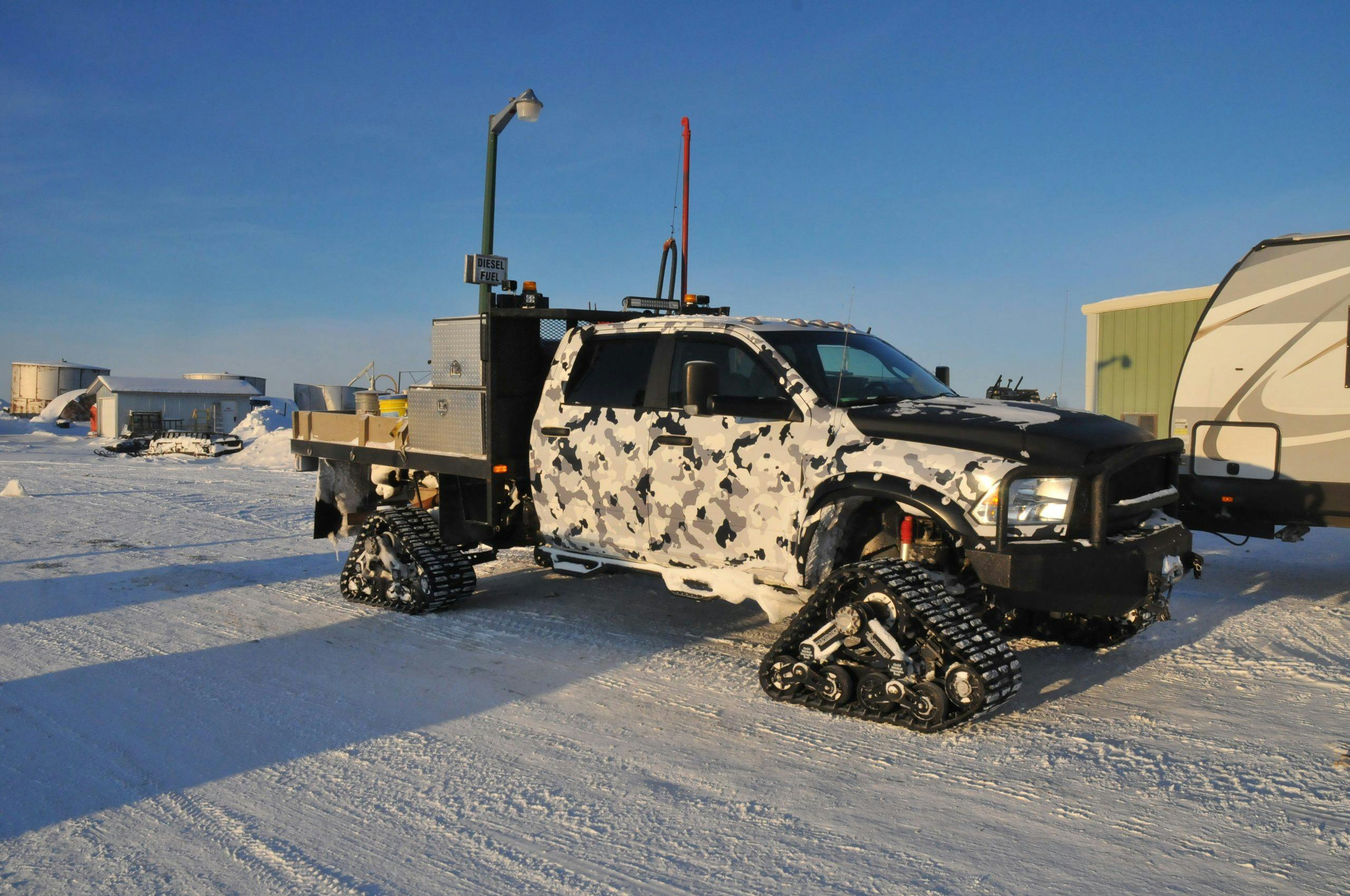
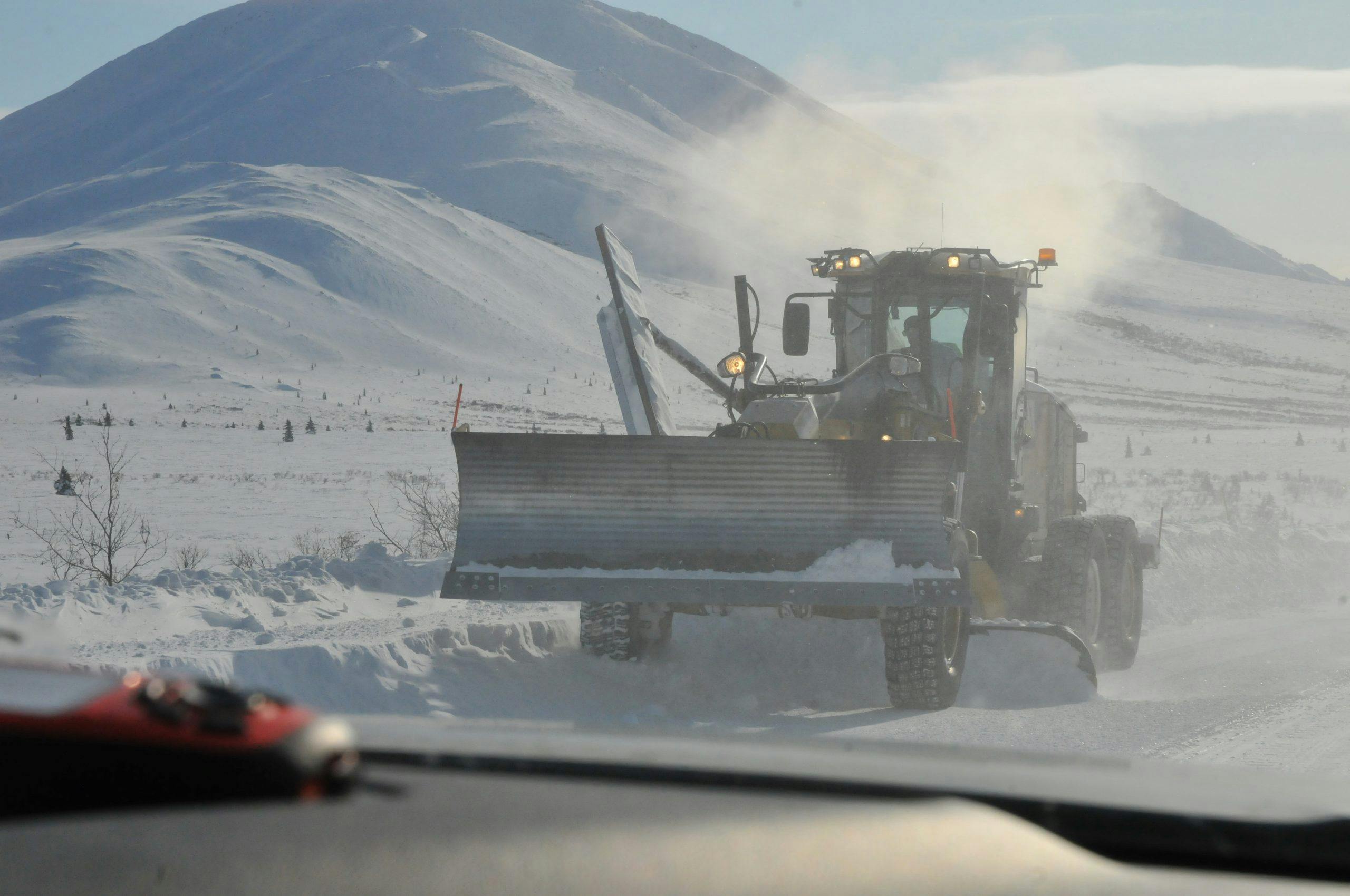
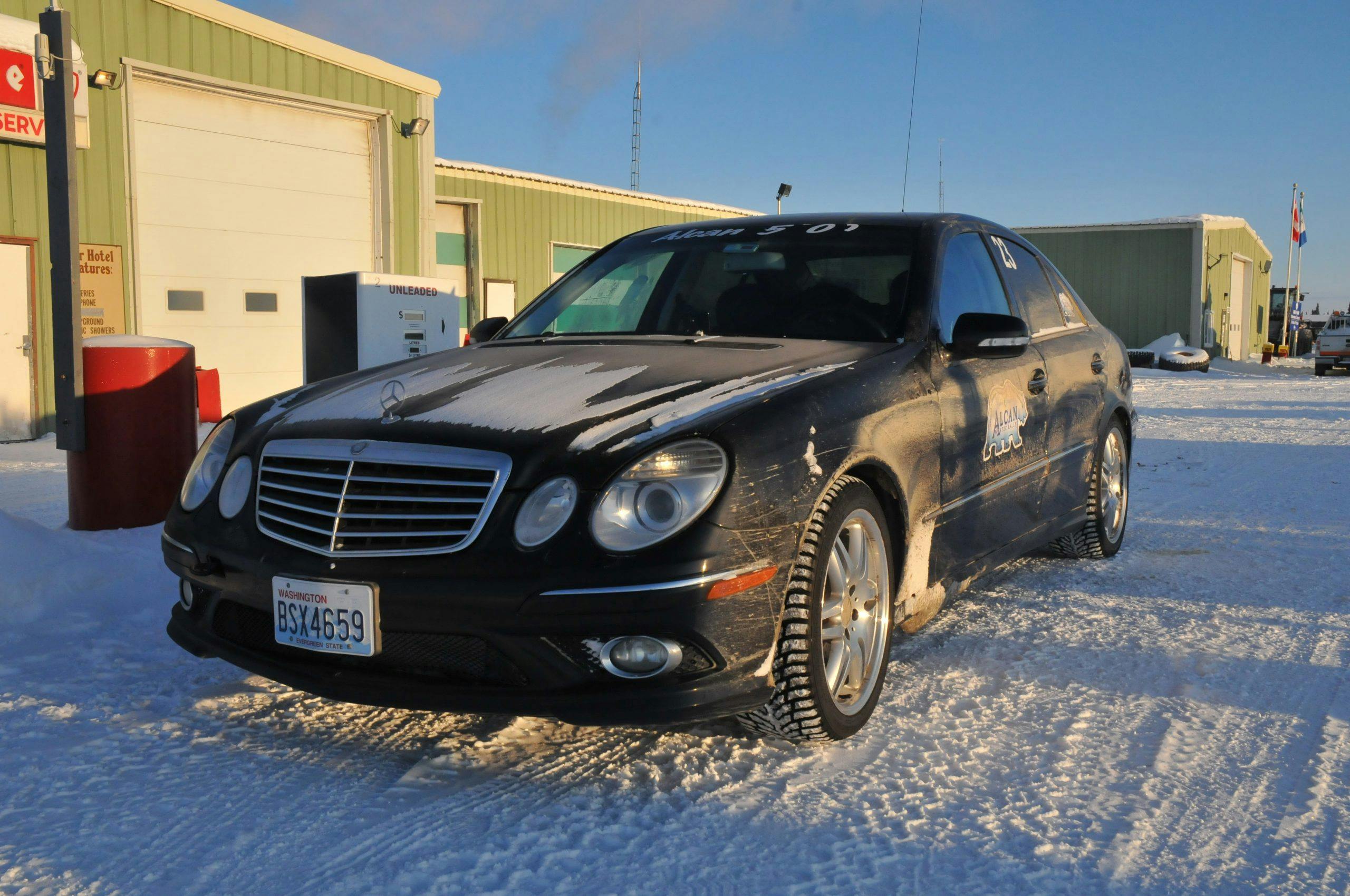
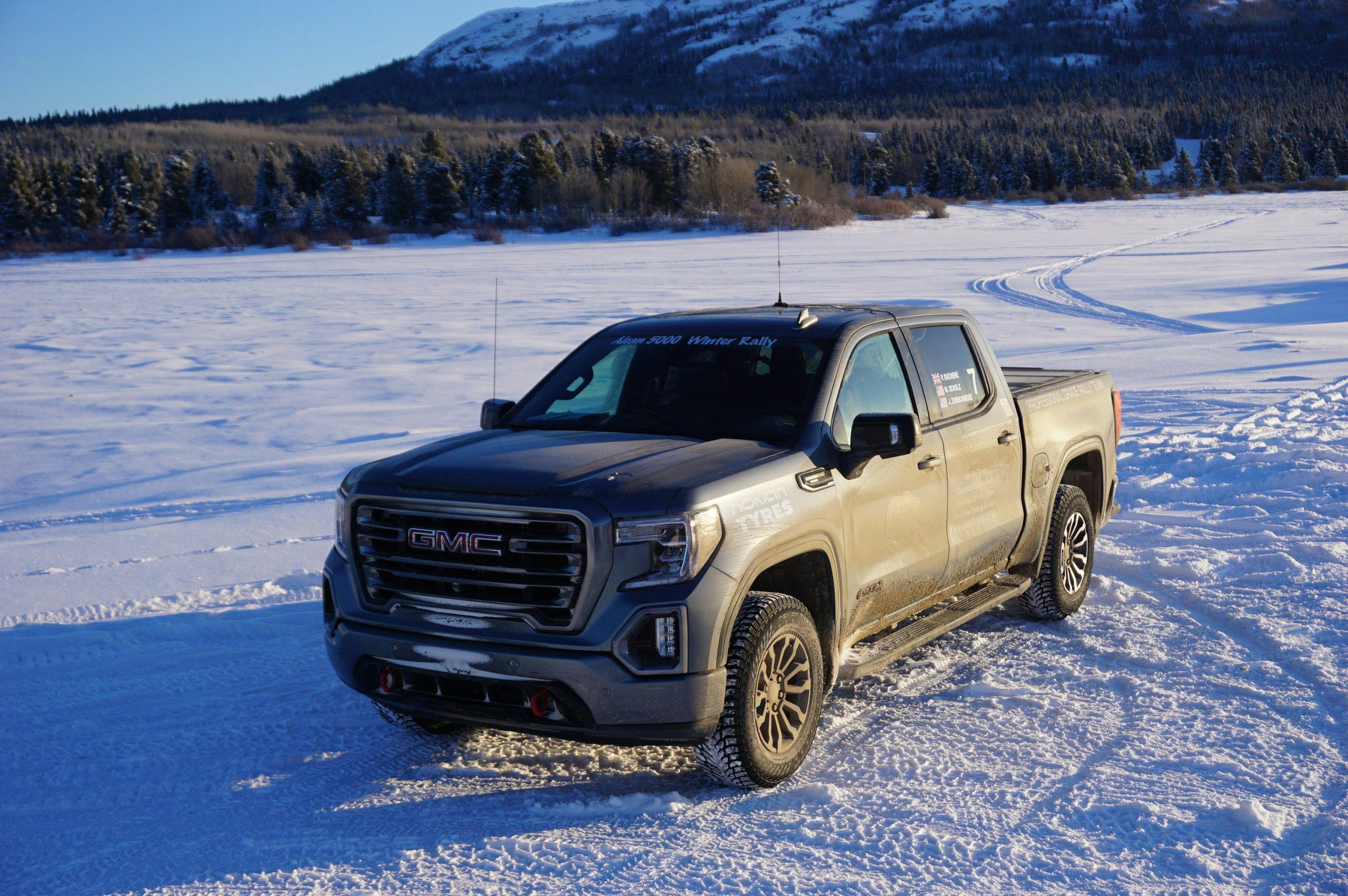
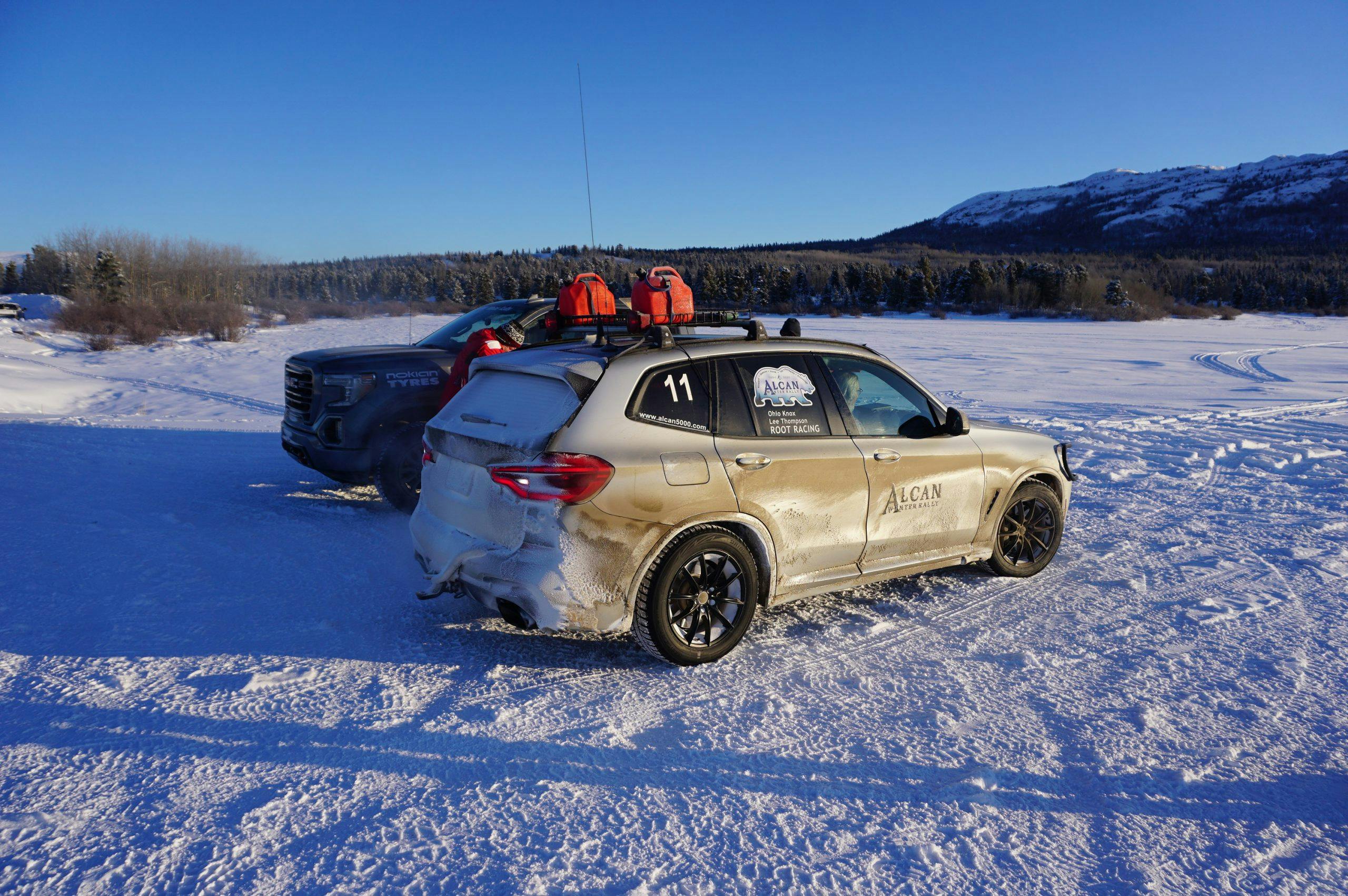
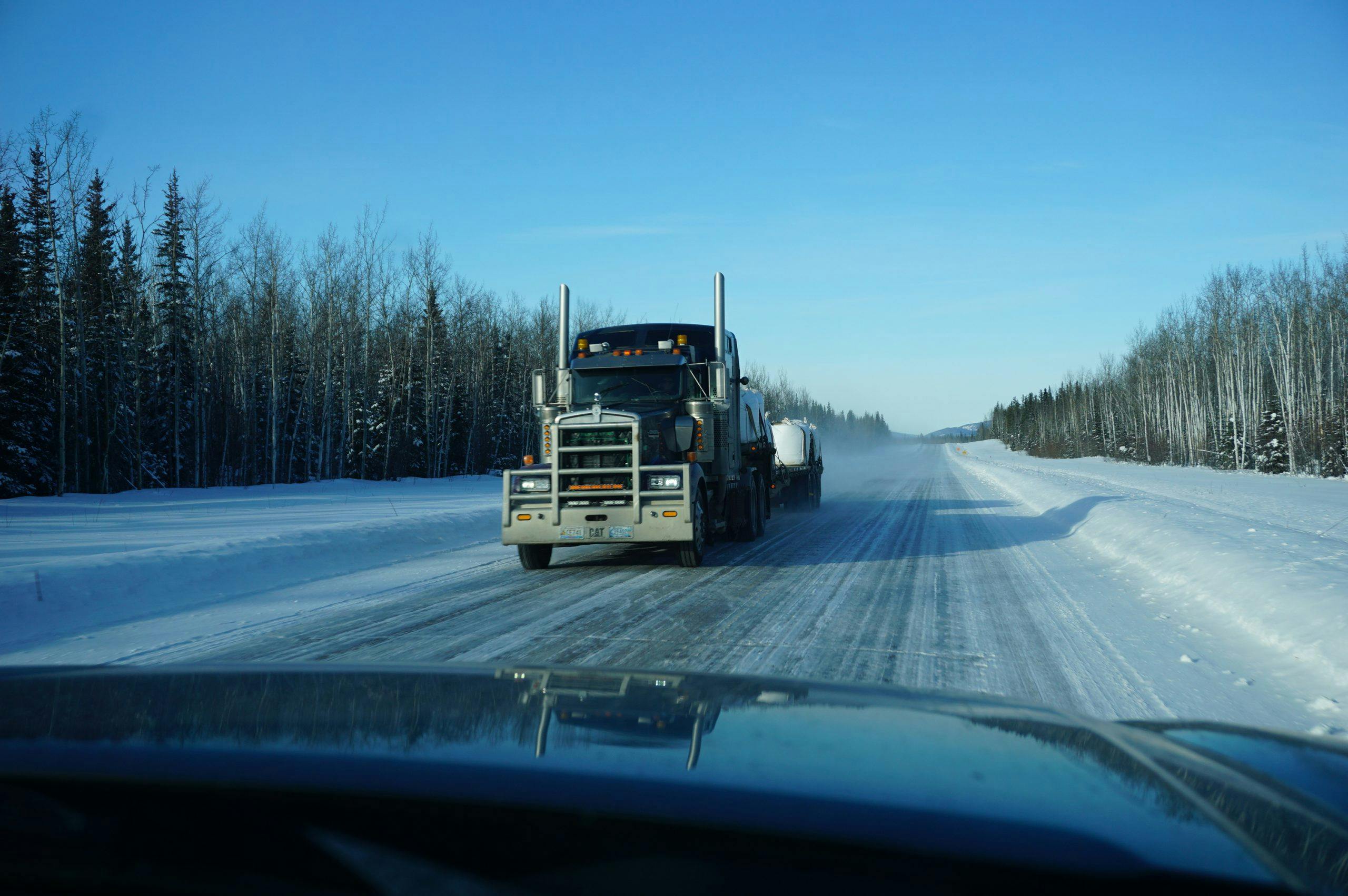
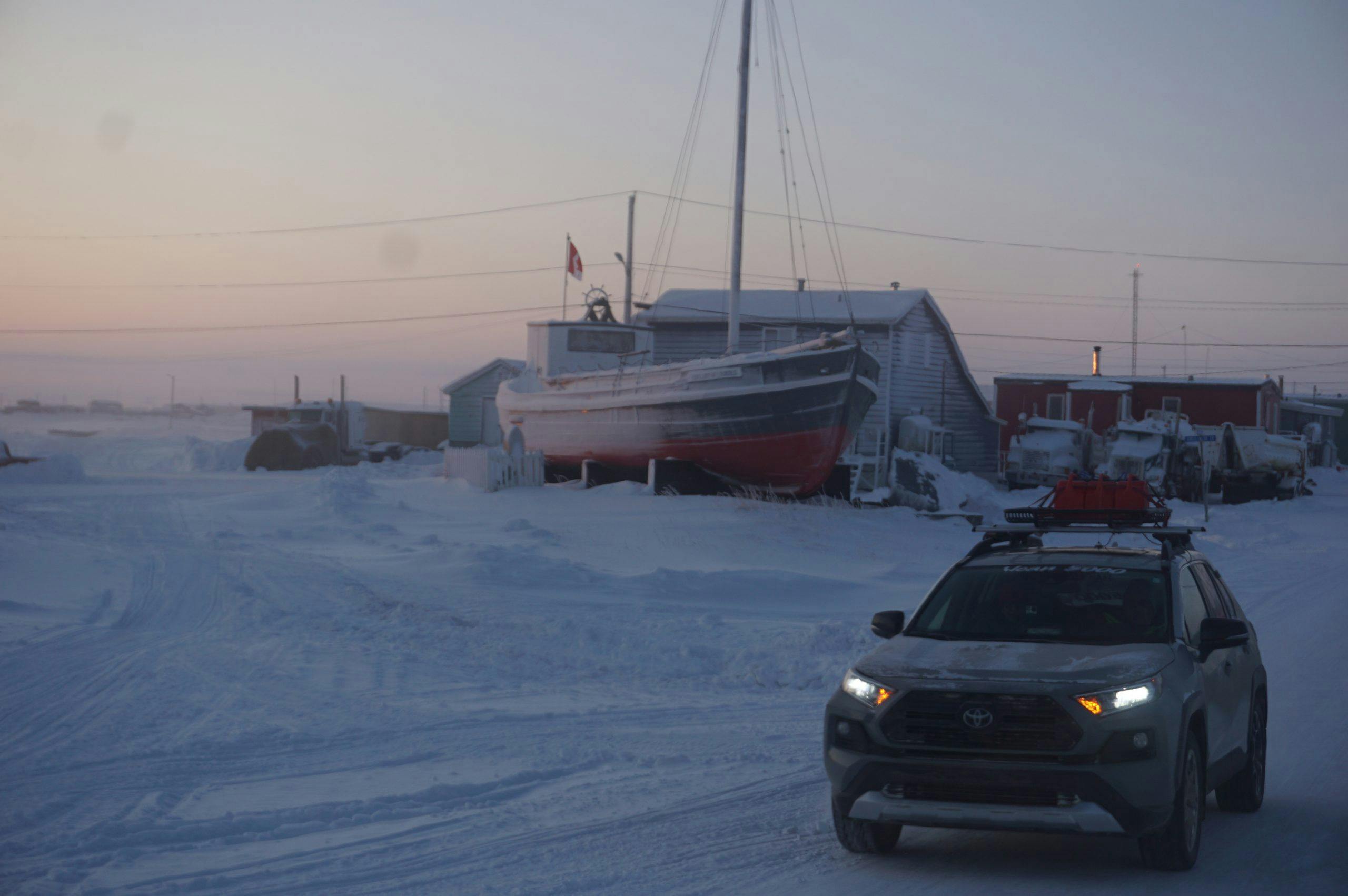

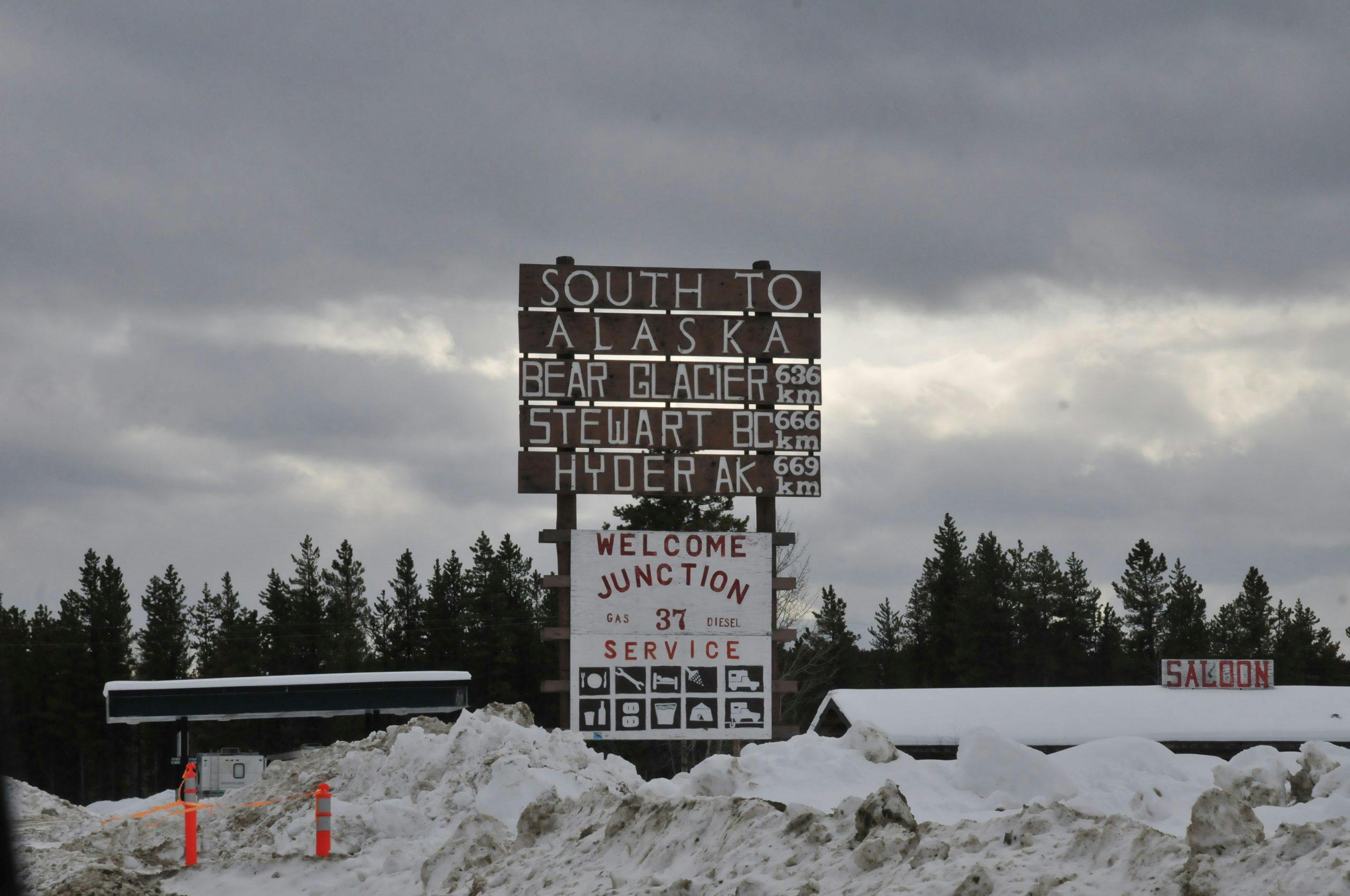
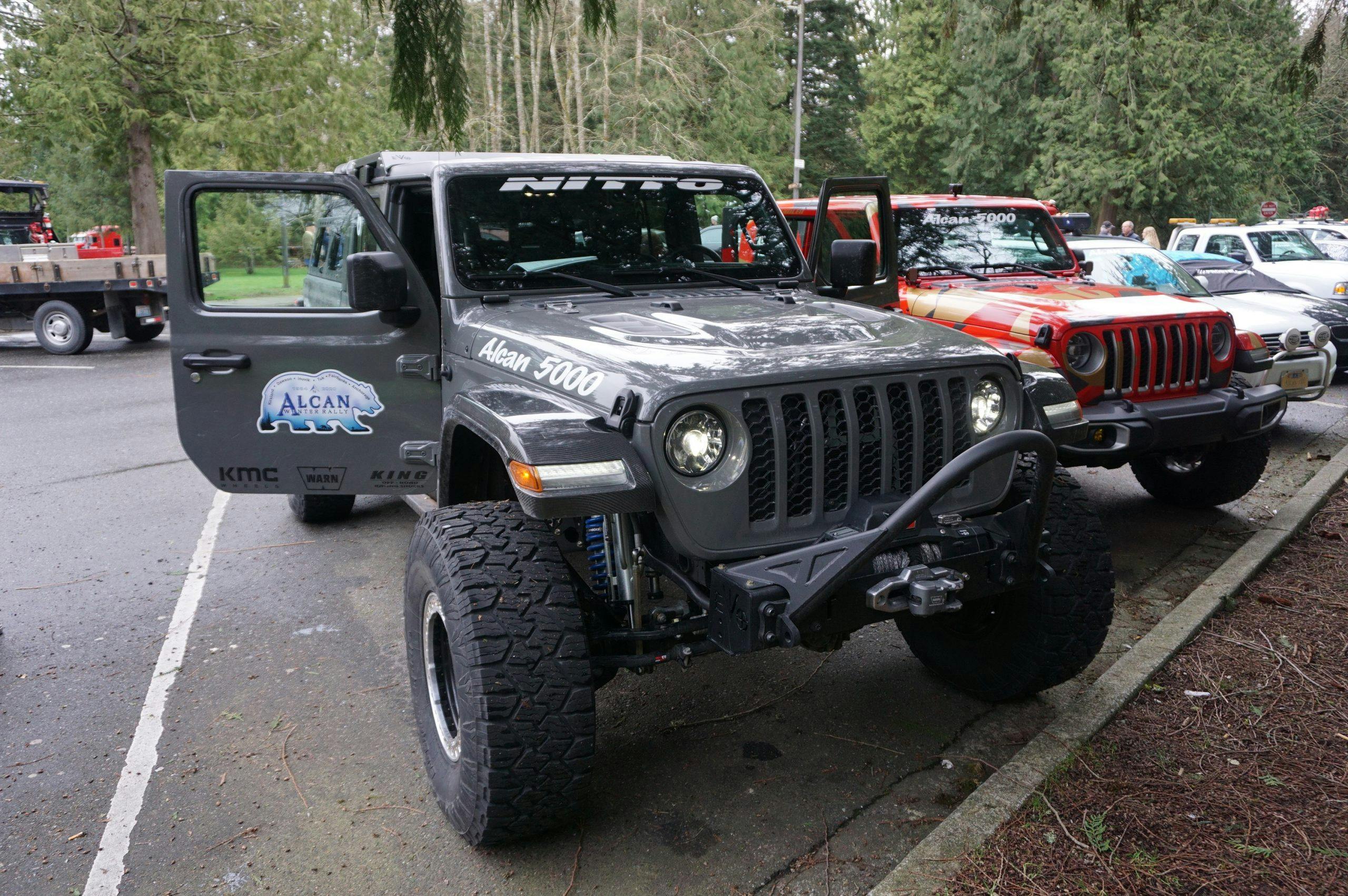
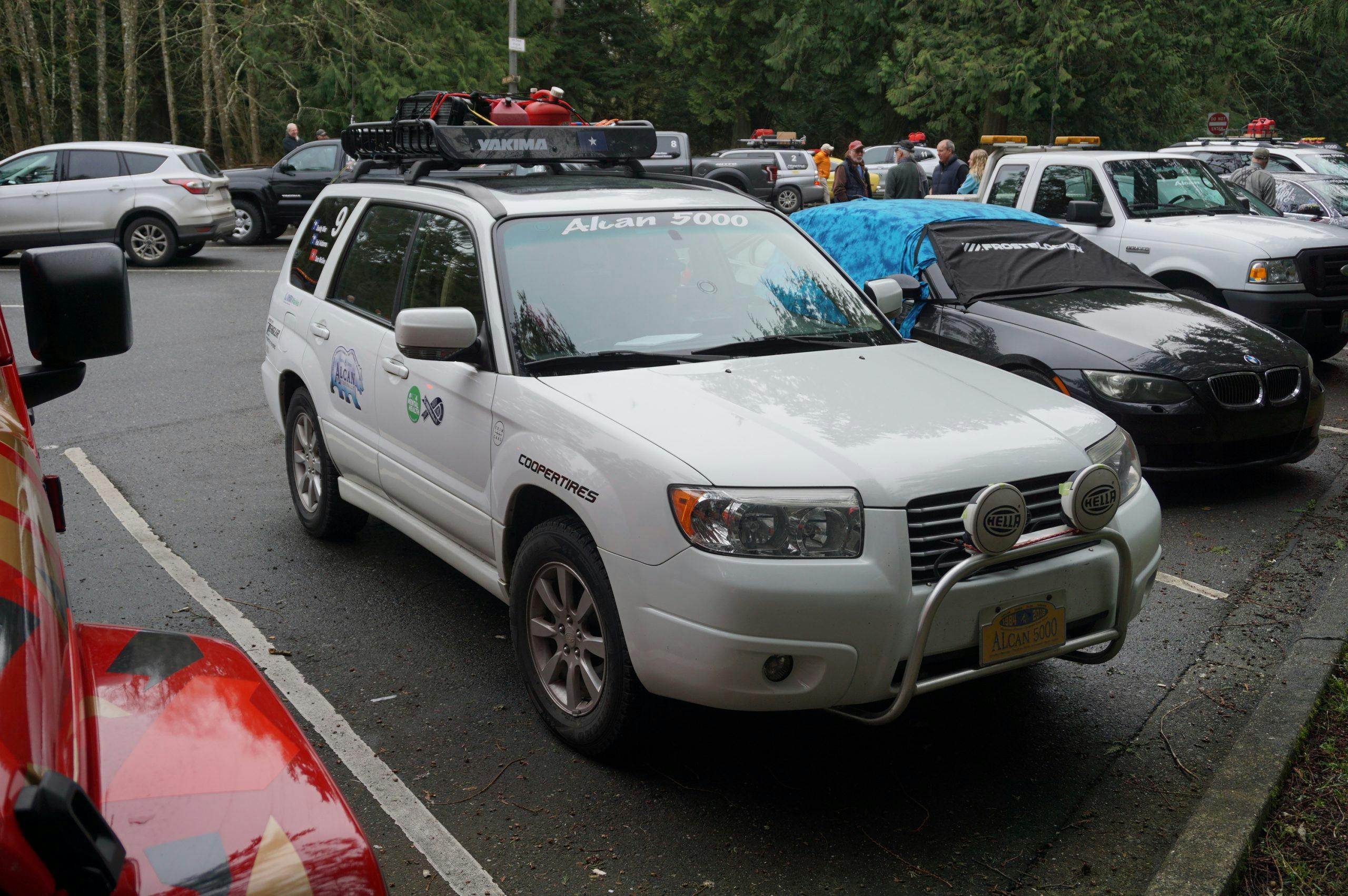
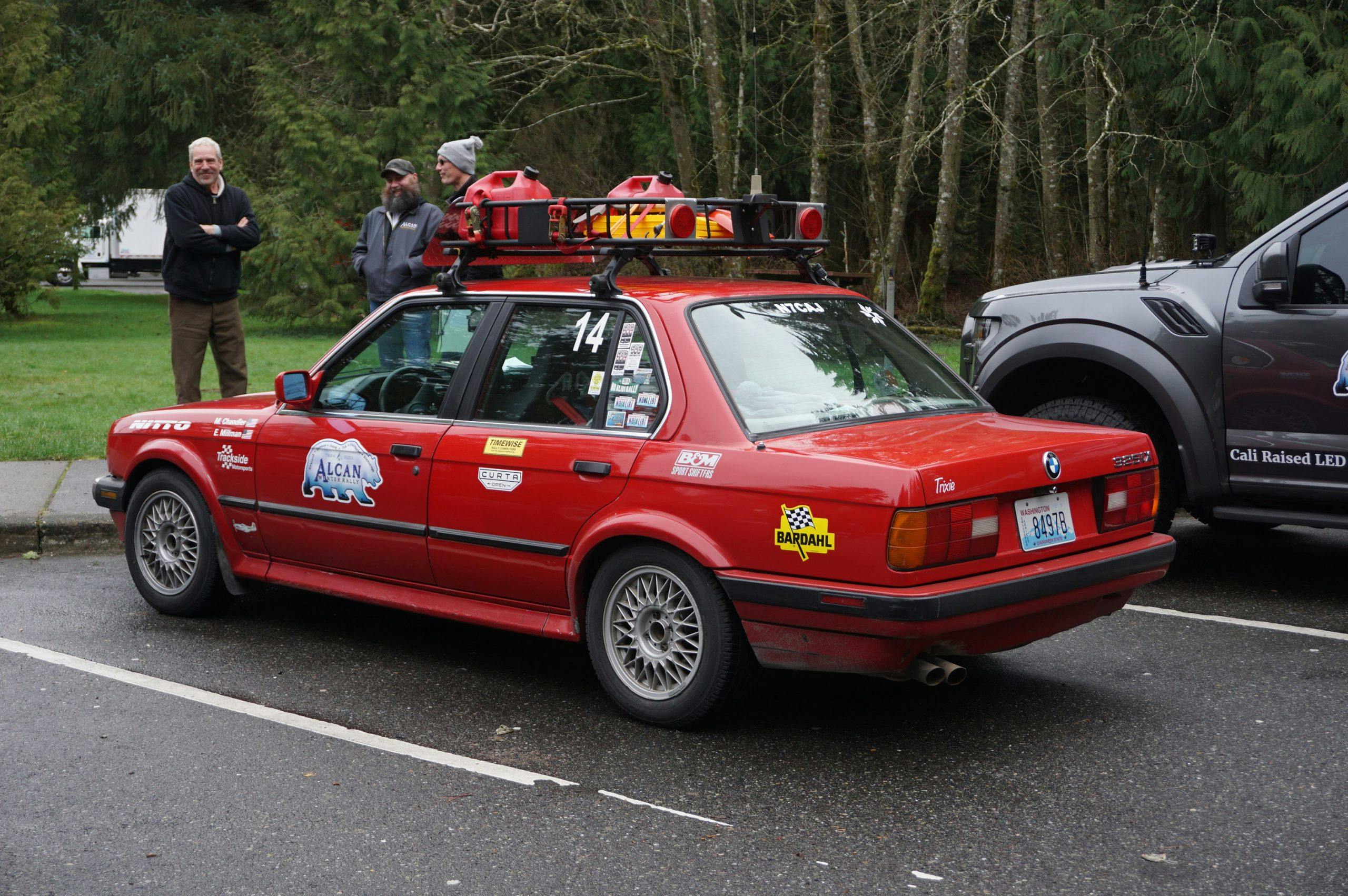
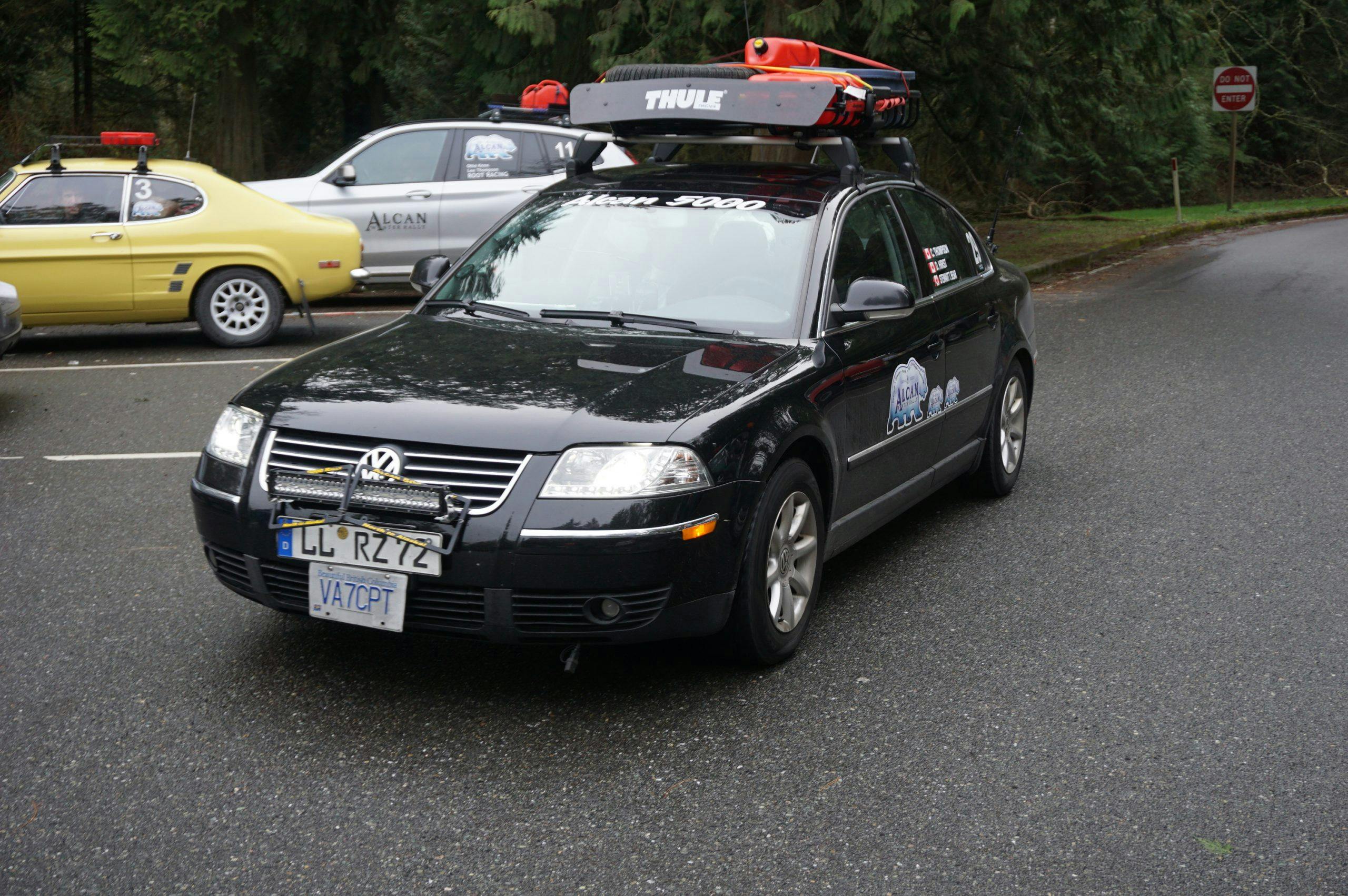
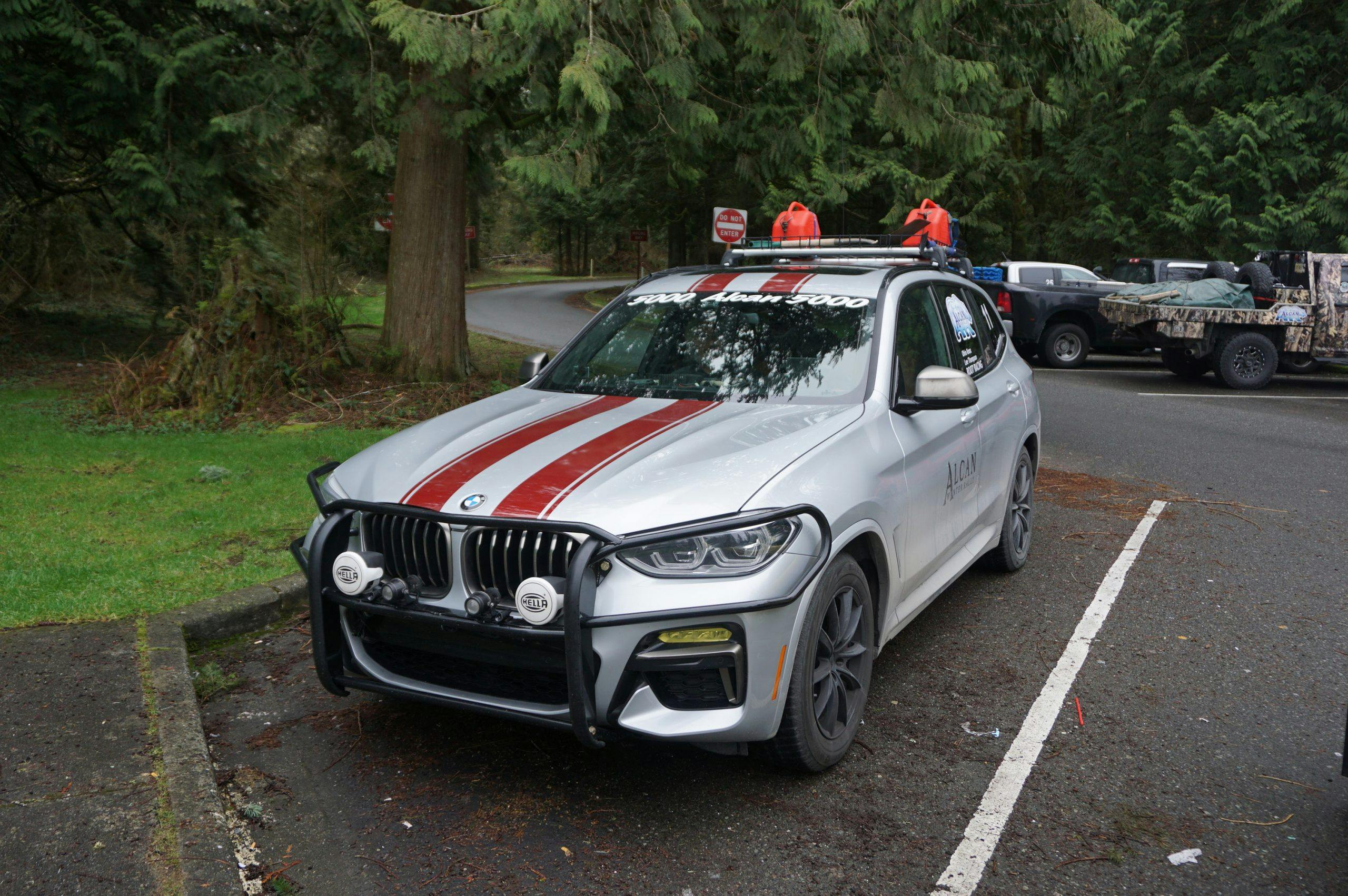
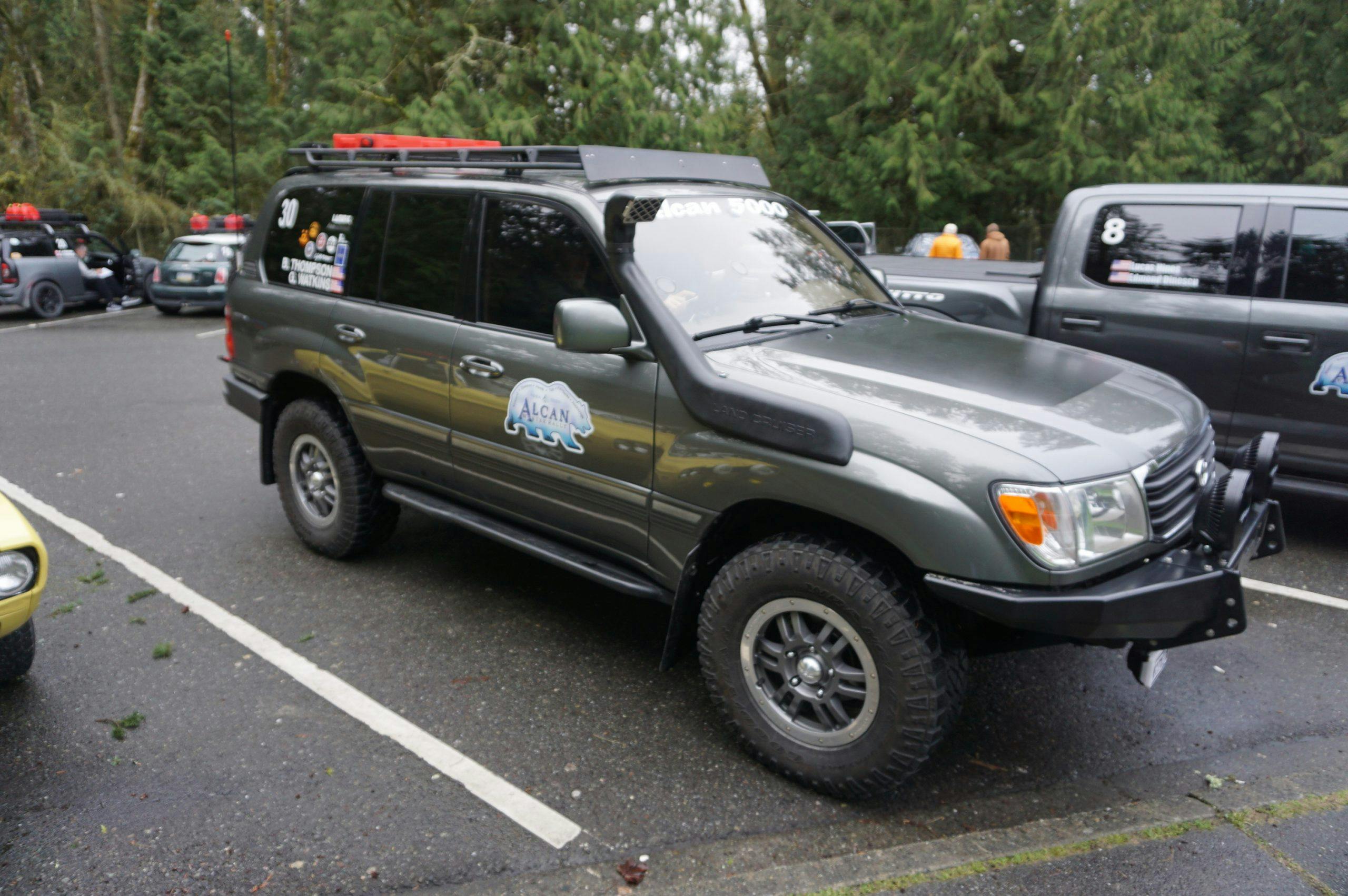

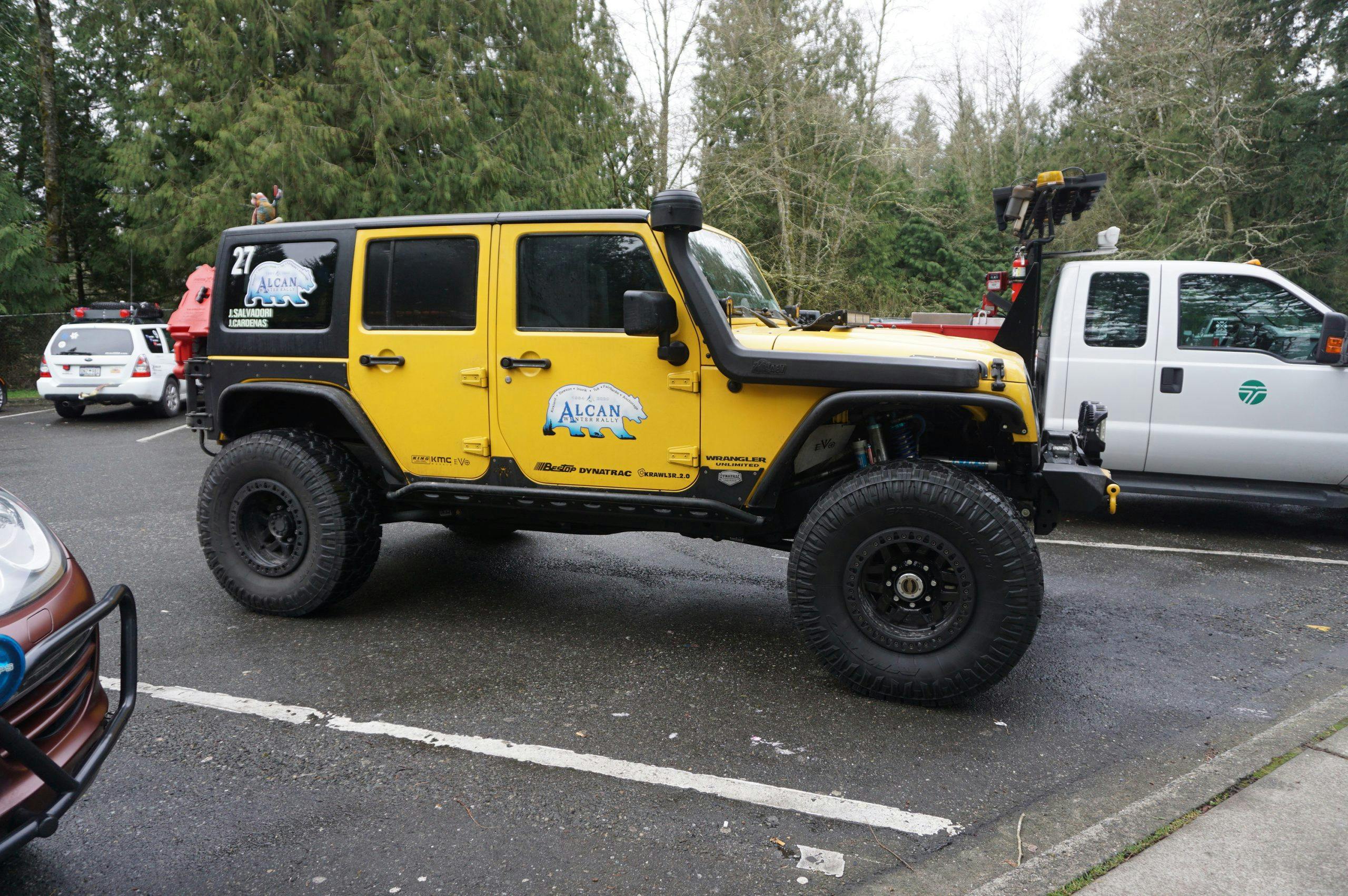


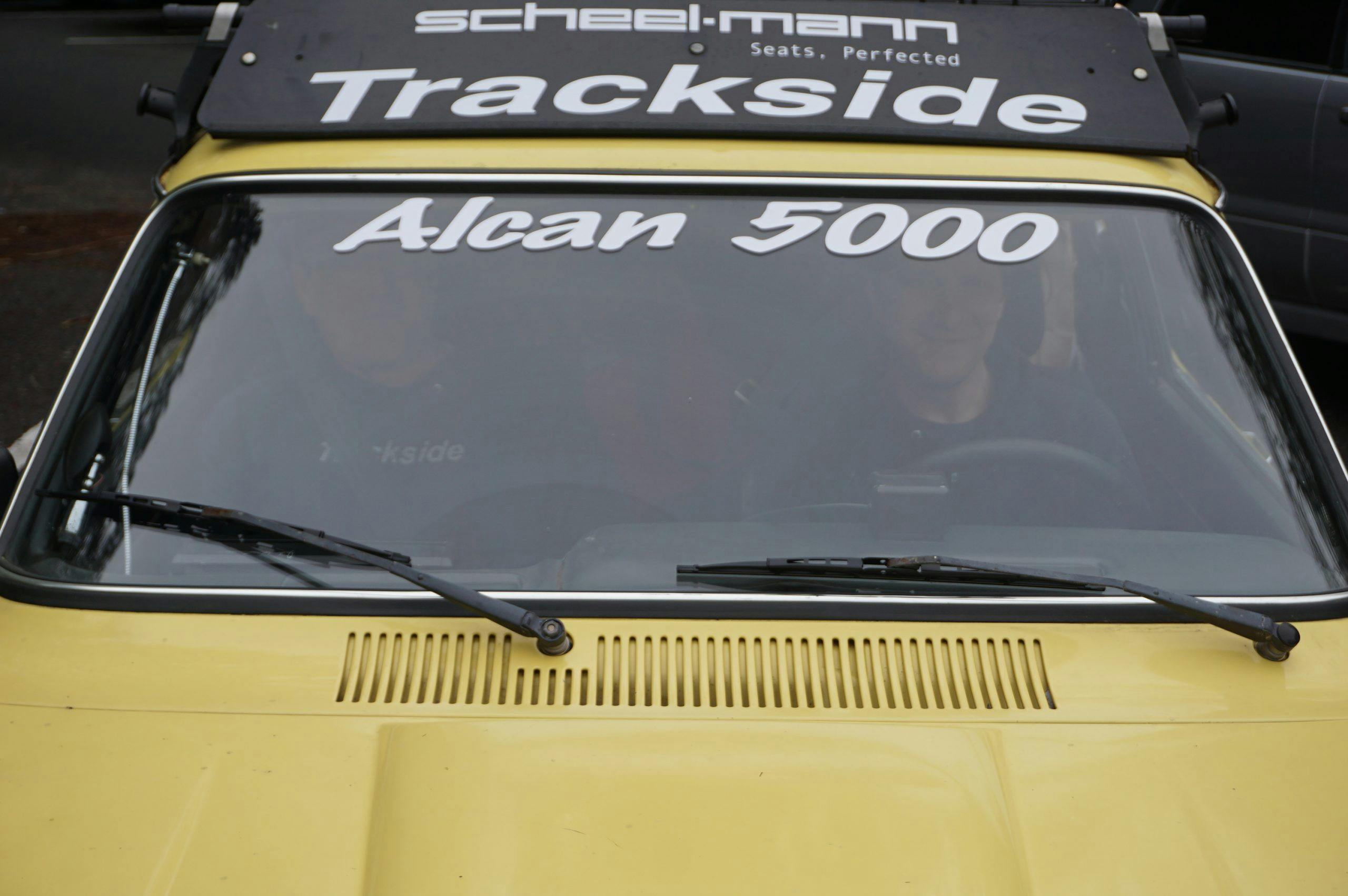
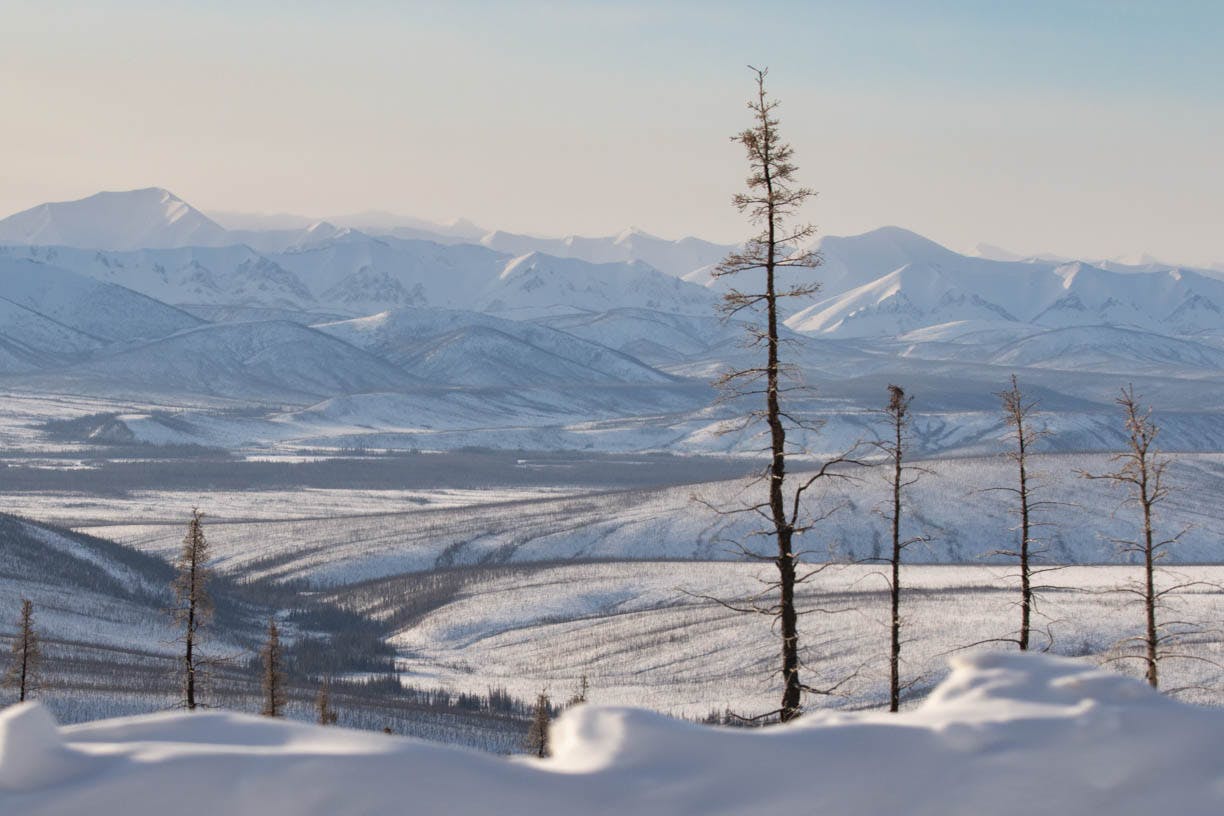
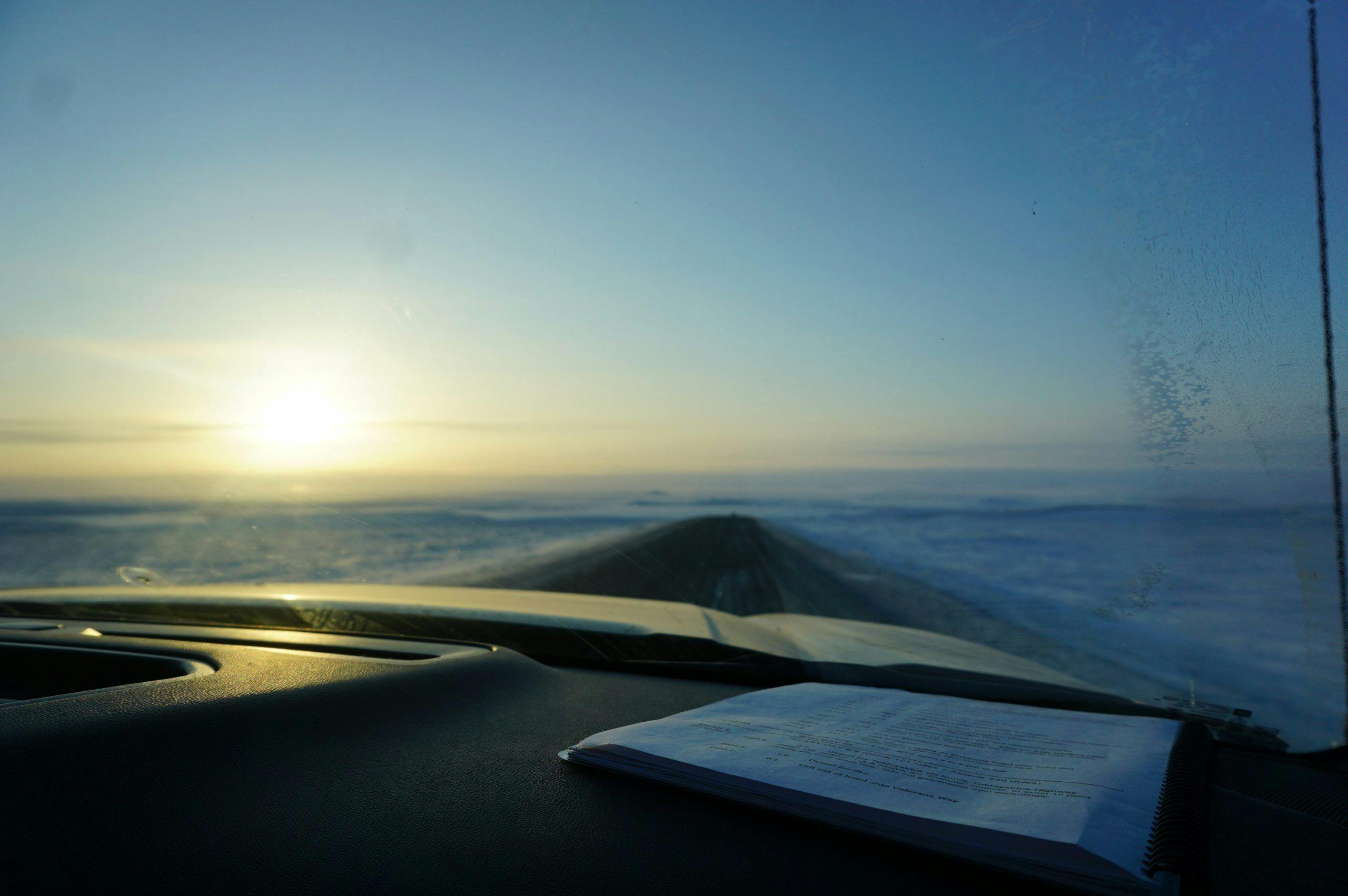
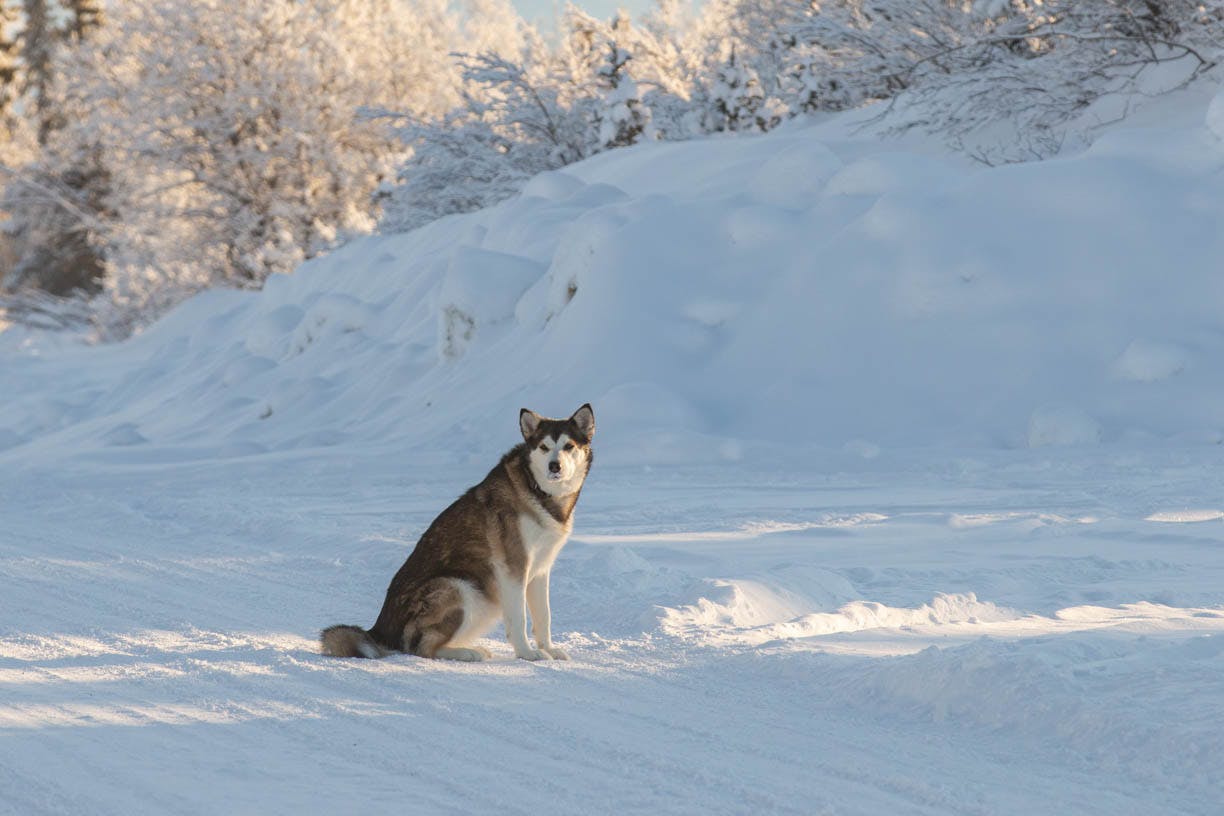

















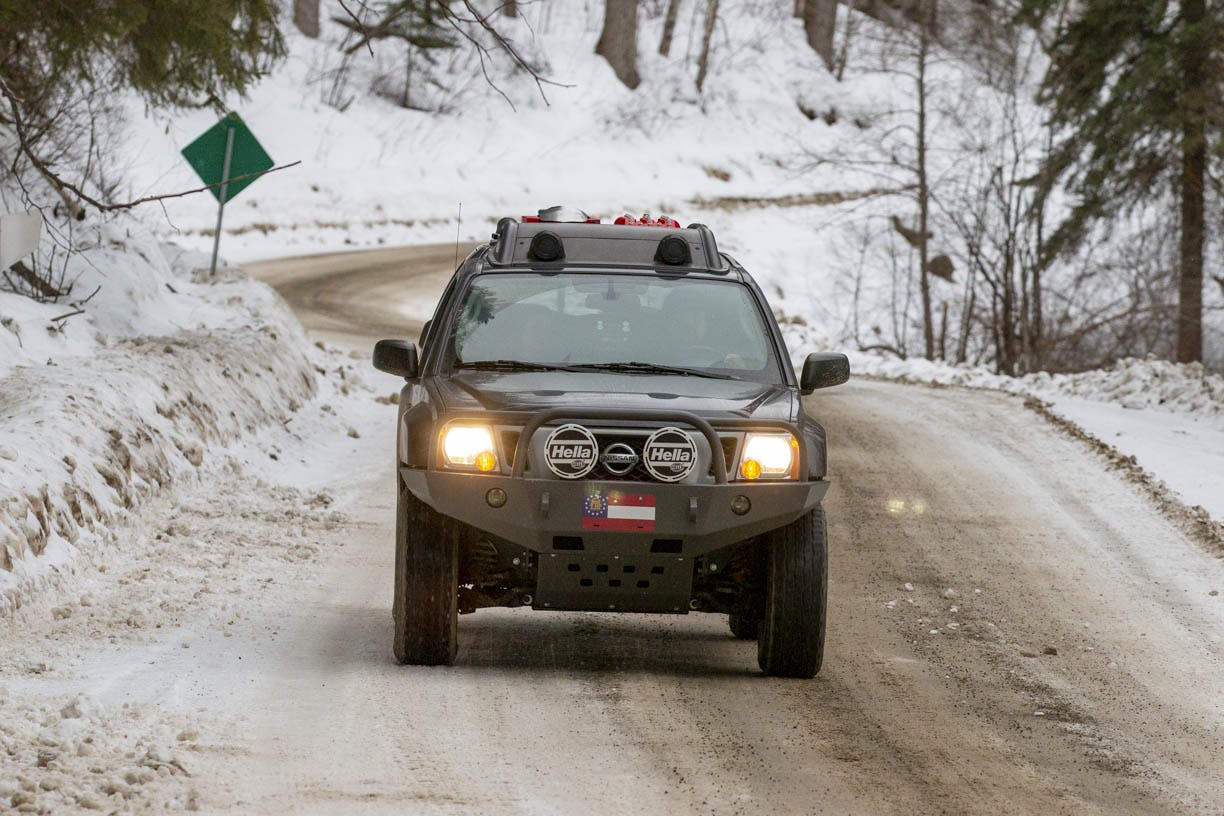


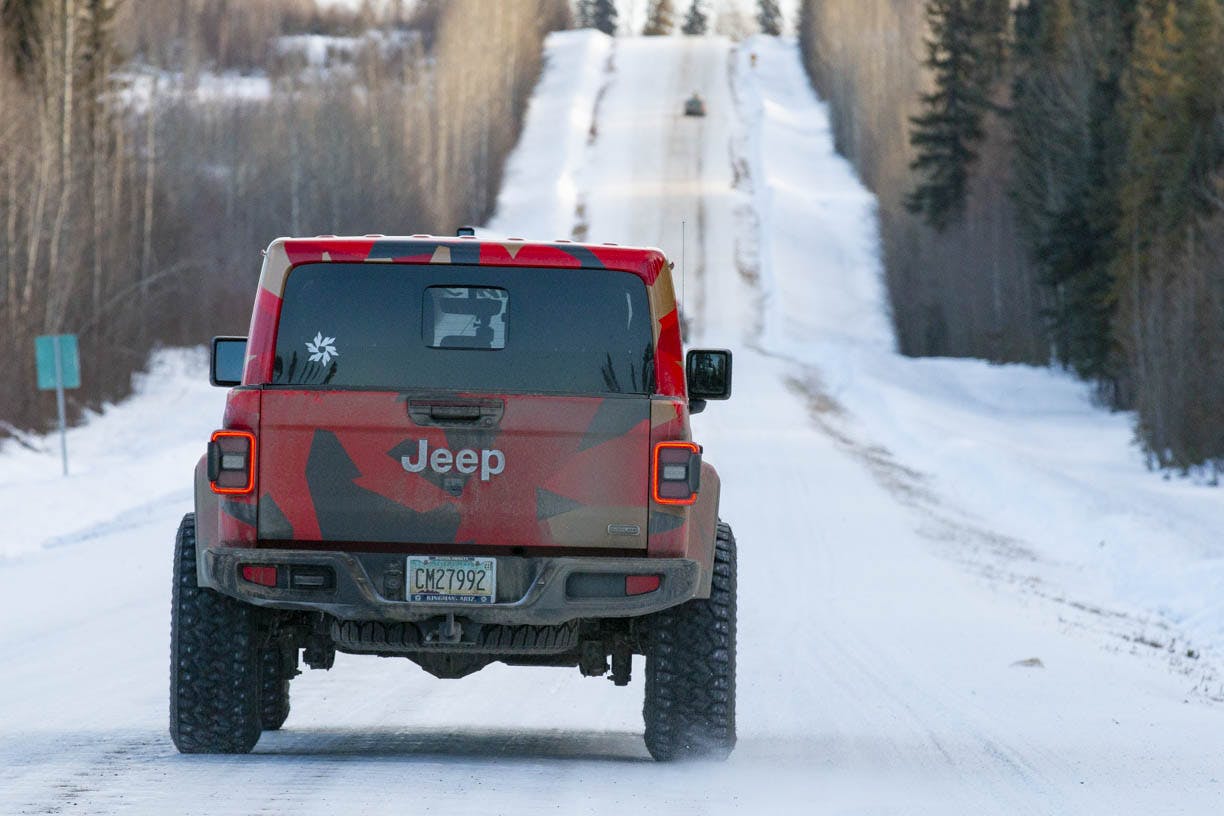

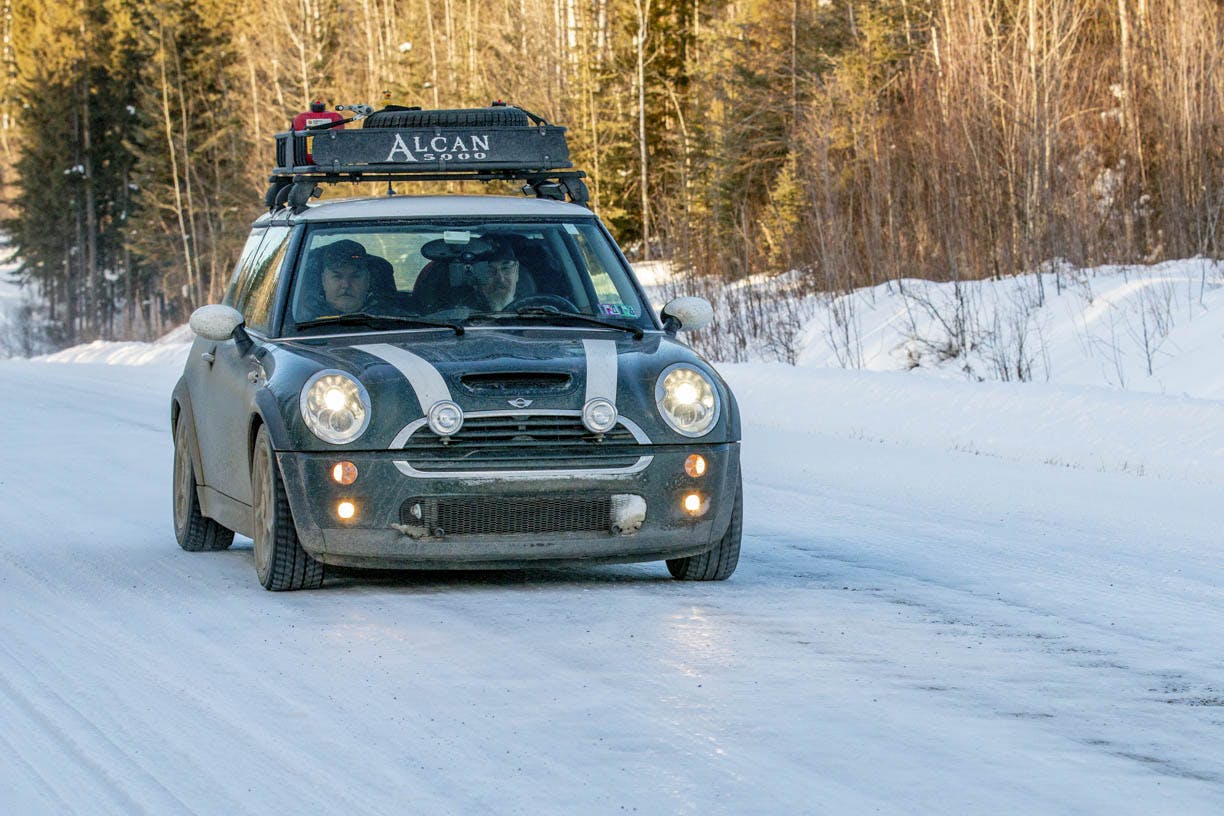




































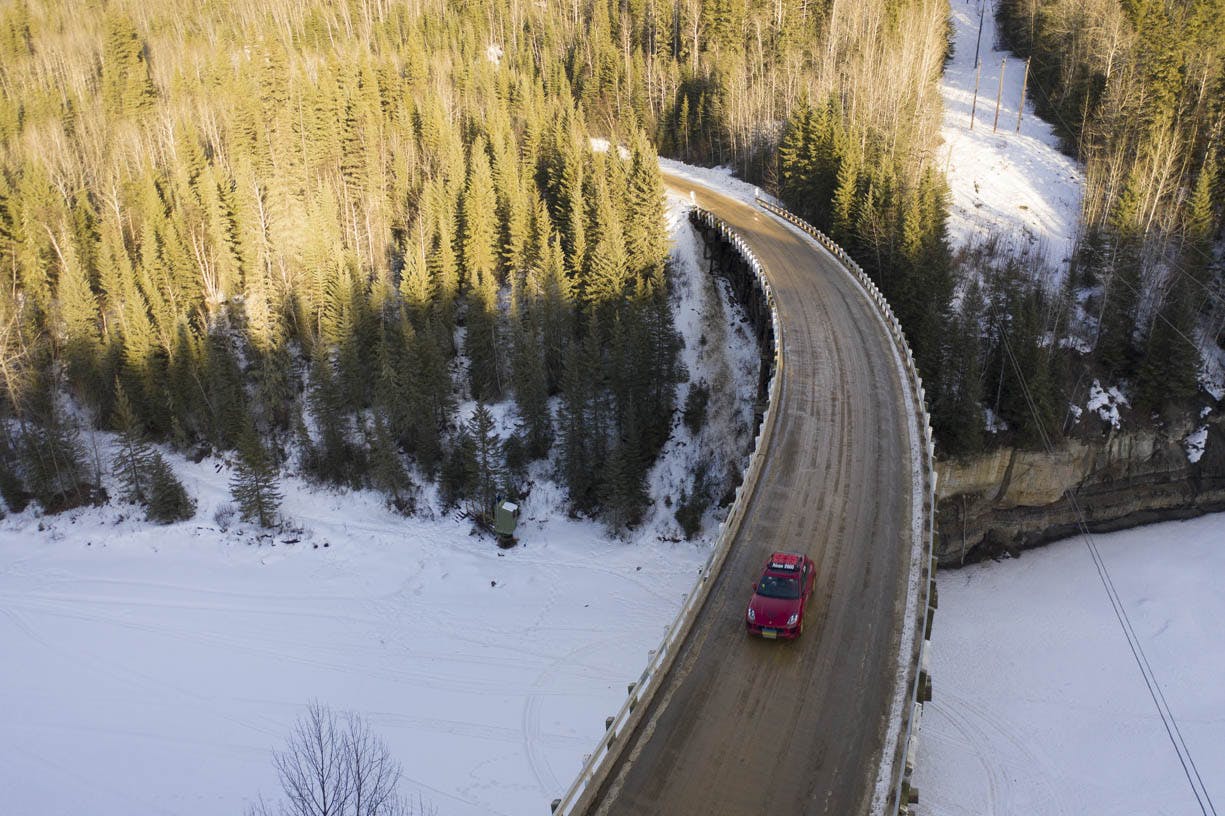
Met this group of eclectic adventurists yesterday at the local diner as they passed through my little po-dunk town in Alaska and made some new Land Rover friends. Cool bunch, 565 miles from the finish line in Anchorage. Buon fortuna!